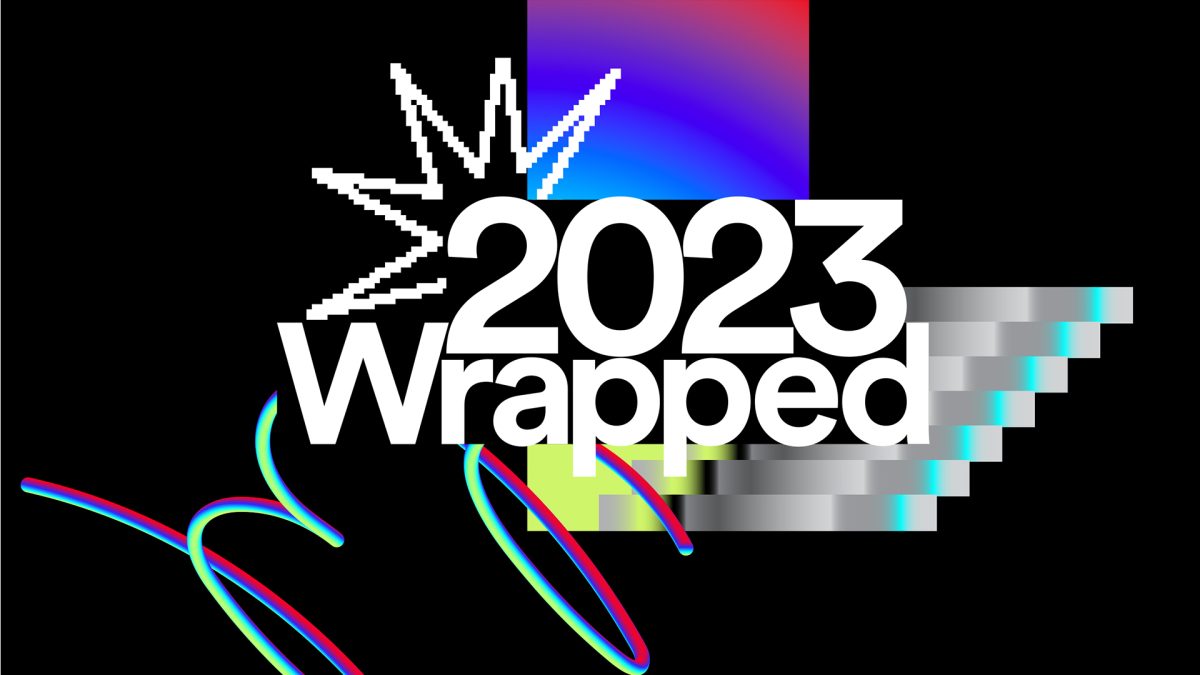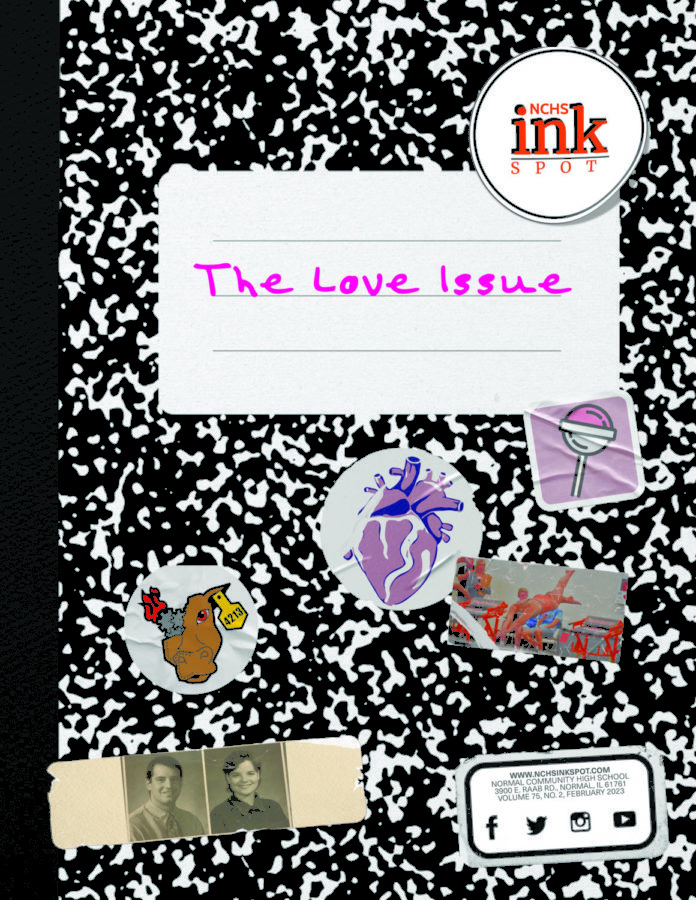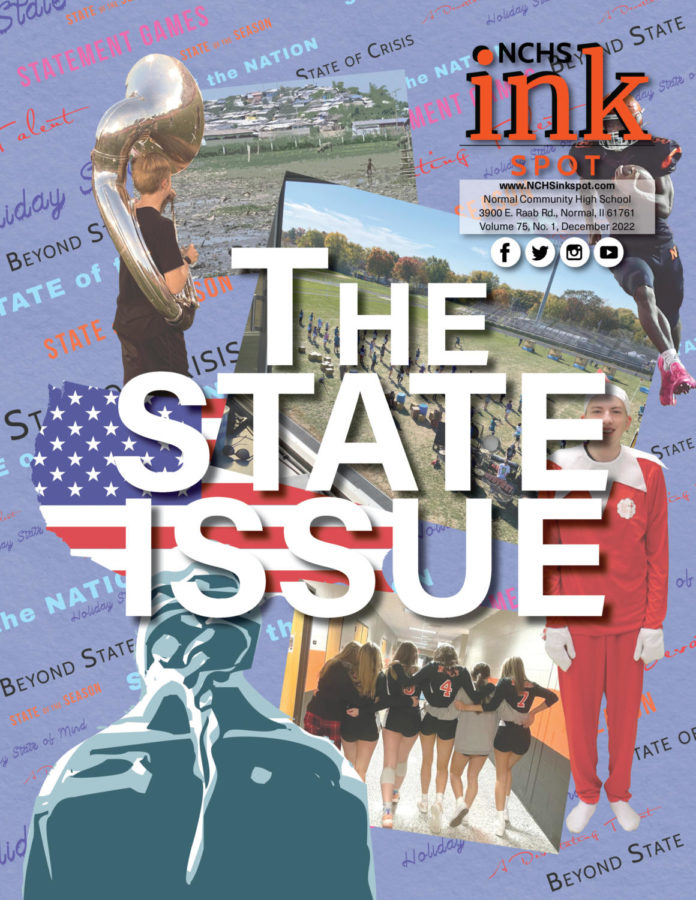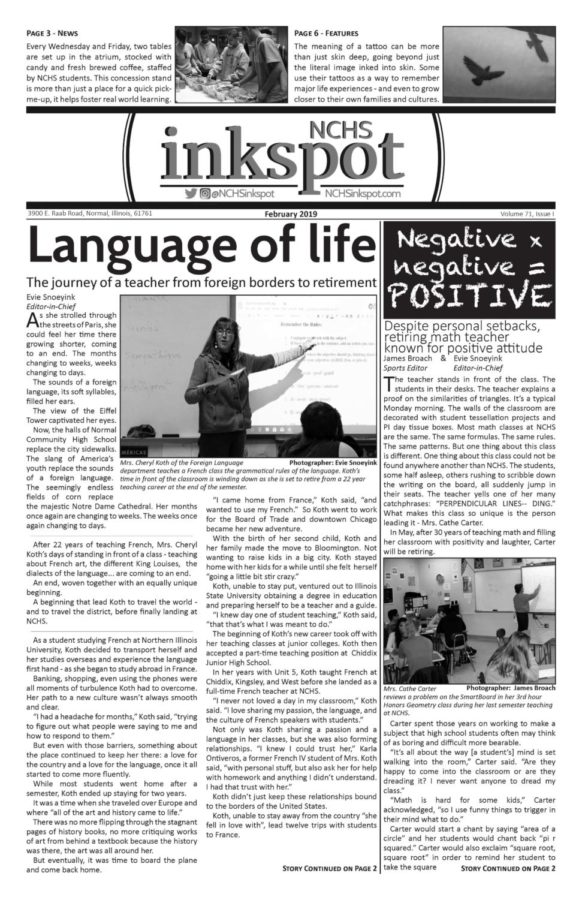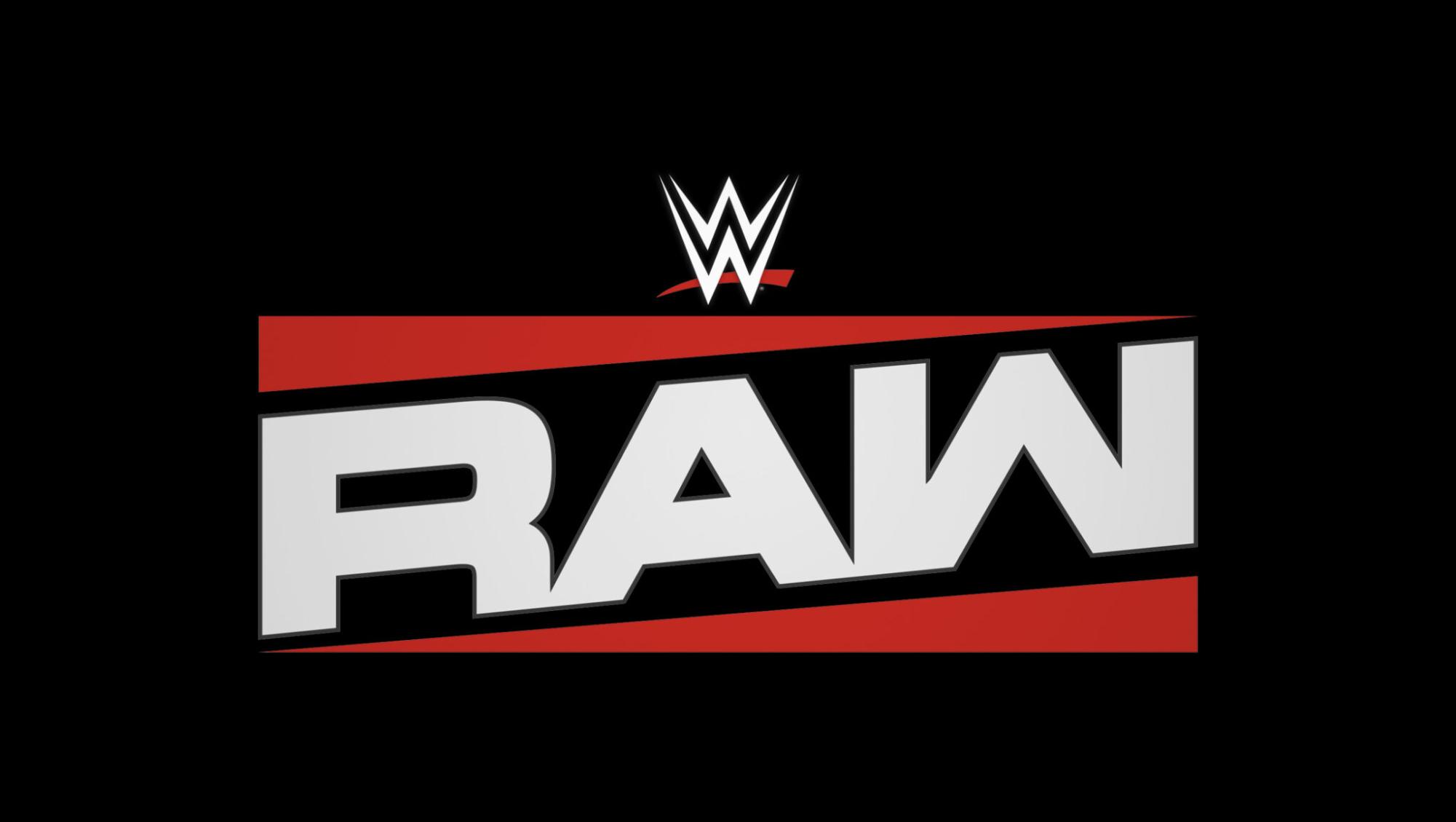The world was forever changed when the World Wrestling Entertainment’s “Monday Night Raw” debuted in 1993, bringing suplexes, powerbombs and piledrivers into American living rooms.
Over three decades, WWE’s flagship show became a fixture on the USA Network, a tag team that helped “Raw” earn the title of the longest-running weekly episodic TV show in history.
Now, WWE has a new partner, stepping into the streaming era after striking a $5 billion deal with Netflix to air “Raw” for the next decade—five times the value of its previous contract with Comcast. The move signals a major shift for the company, which has a long history of reinvention, from absorbing rival promotions like WCW and ECW to merging with the UFC in 2023.
That merger officially ended the McMahon family’s decades-long grip on WWE, transforming it into a corporate powerhouse where the bottom line often outweighs the body slams, a corporation more focused on the bread than the brawling.
The debut of “Raw” on Netflix delivered record-breaking numbers. According to a WWE press release, the inaugural event doubled its typical viewership, drawing 2.6 million households—its highest in five years, and setting a company record as the highest-grossing WWE arena event of all time.
But even with the hype, WWE’s modern product has its critics—especially those who miss the days when wrestling was the main attraction.
Among them is Community’s resident wrestling superfan English teacher Mr. Christopher Belt.

Belt was pulled into professional wrestling in junior high at the height of WWE’s Attitude Era, a time when Stone Cold Steve Austin, The Rock, Triple H and The Undertaker dominated the ring, and the product was defined by its edgy, unpredictable storytelling, intense rivalries and a rebellious, anti-authority attitude.
And the matches.
Today, Belt said, wrestling is no longer the focus of the WWE.
“They’ll have a 20-minute match,” he said, “then you wait 30 minutes for the next one because they’re showing ads, entrances and corporate plugs.I don’t like those corporate synergy things.”
Cross-promoting movies and TV shows, seemingly random celebrity appearances from Logan Paul and Travis Scott, brand sponsorships and product placement have transformed the company from a wrestling promotion into a full-scale entertainment enterprise, often at the expense of in-ring action.
“I just want the raw, nitty-gritty thing,” Belt said.
The WWE, according to Belt, is “the McDonald’s of wrestling”—a dominant, highly profitable brand that skimps on substance.
Take the Netflix debut episode for example: nearly three hours long, yet featuring only five matches, with much of the runtime devoted to advertisements, video packages and celebrity cameos.
WWE’s focus has shifted away from in-ring action, more on mic work, backstage segments and interviews–more gabbing than grappling in recent years.
This focus on spectacle over sport has pushed fans like Belt toward alternatives like All Elite Wrestling, which often packs 10 matches into a two-hour show.
On AEW, Belt said, “there’s more wrestling, less talking. WWE is a TV show first and a wrestling show second. AEW is a wrestling show first.”
AEW, airing on TNT, TBS and a streaming partner MAX, Belt said, “is a little bit grittier. It’s not as bright. There’s more wrestling.”
If WWE is McDonalds, Belt said, AEW is “like a good local diner.”
Still, despite having fewer matches than other pro organizations, WWE’s new partnership with Netflix could reshape the industry. With the entire “Raw” archive, pay-per-views like WrestleMania and SummerSlam and even exclusive behind-the-scenes content now available, the deal makes WWE more accessible than ever.
The genre, something Belt calls “a unique kind of performance art,” is something he believes is gaining mainstream attention.
No longer is there the assumption that fans think “it’s real,” or that it is trying to be.
“I think people are starting to get it,” Belt said. “It’s a TV show. These are characters.” It’s live-action theater with risk and athleticism, athletic actors “putting their body on the line for entertainment.”
Increased accessibility and more mainstream acceptance doesn’t mean better quality.
For Belt, when it comes to wrestling, “I want to watch you wrestle.”
“If WWE had more wrestling and less talking, less corporate synergy stuff, I’d watch it. But that’s never going to happen.”

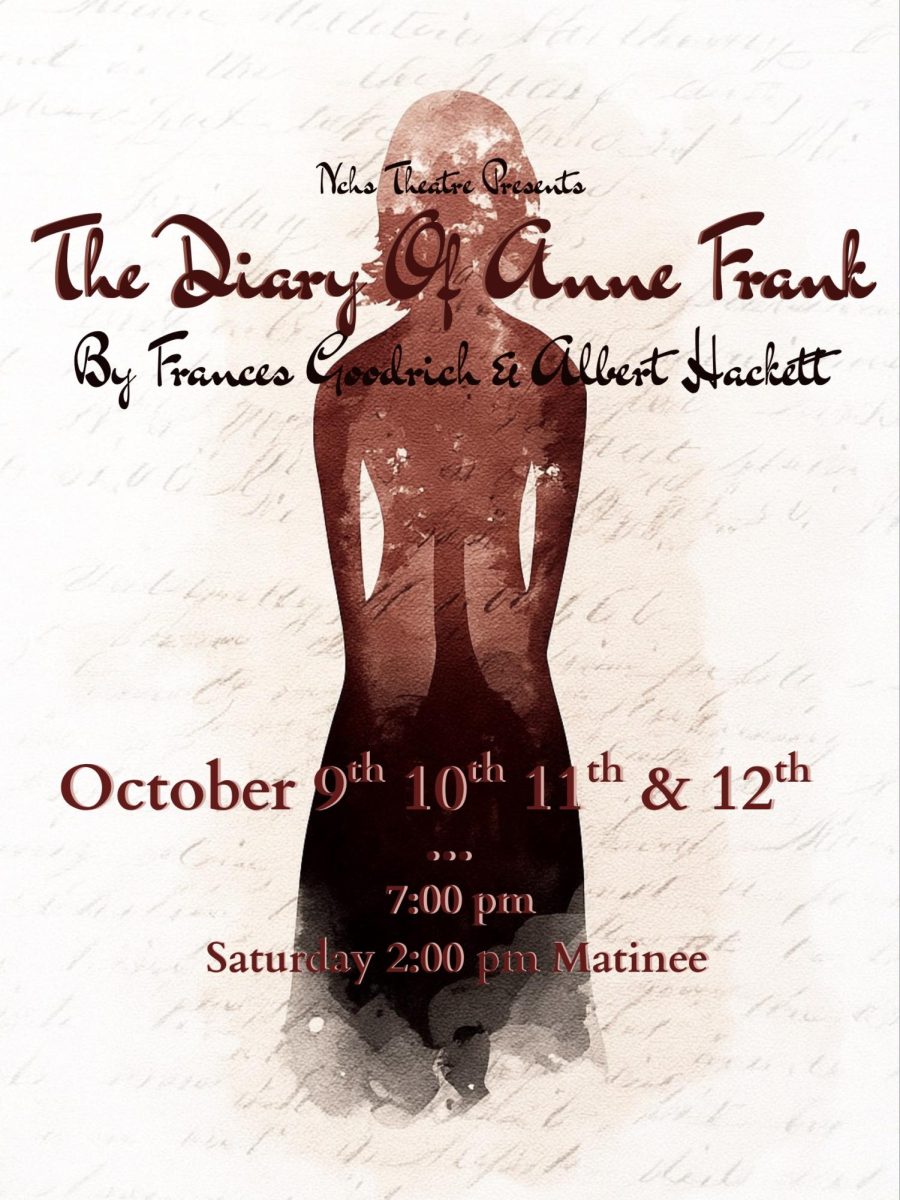
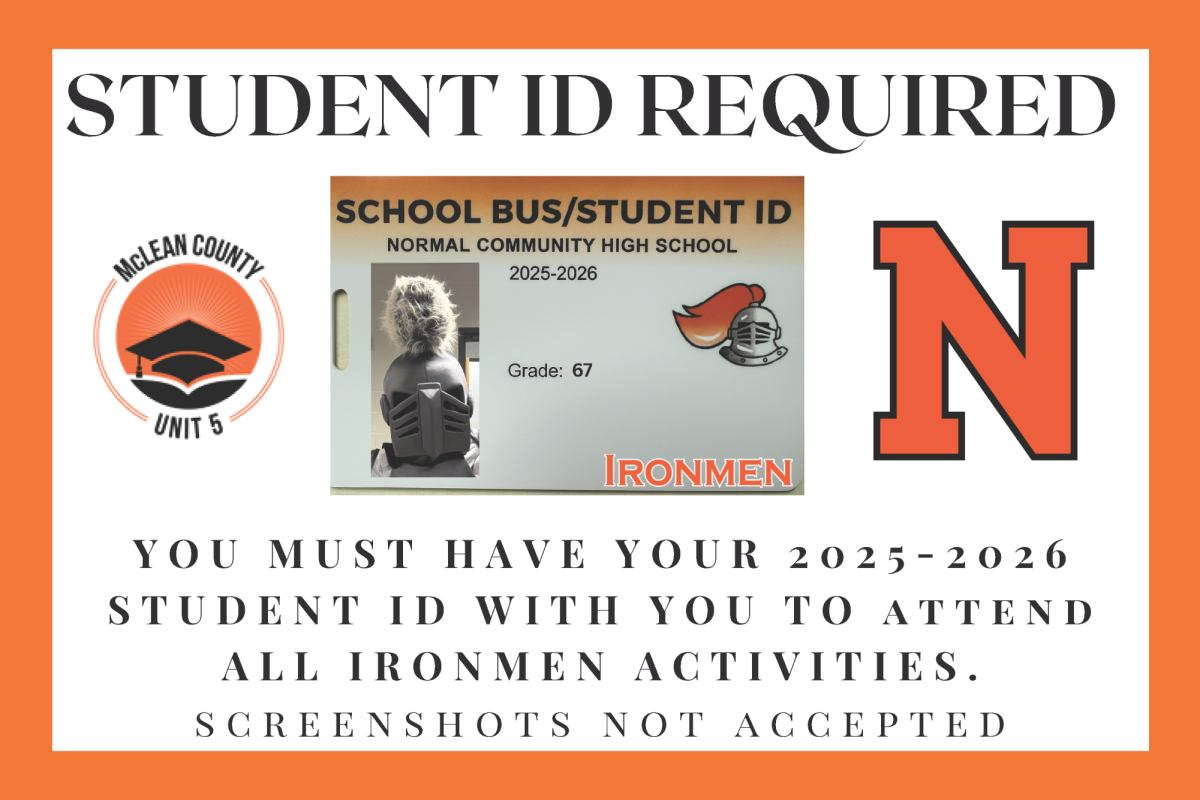
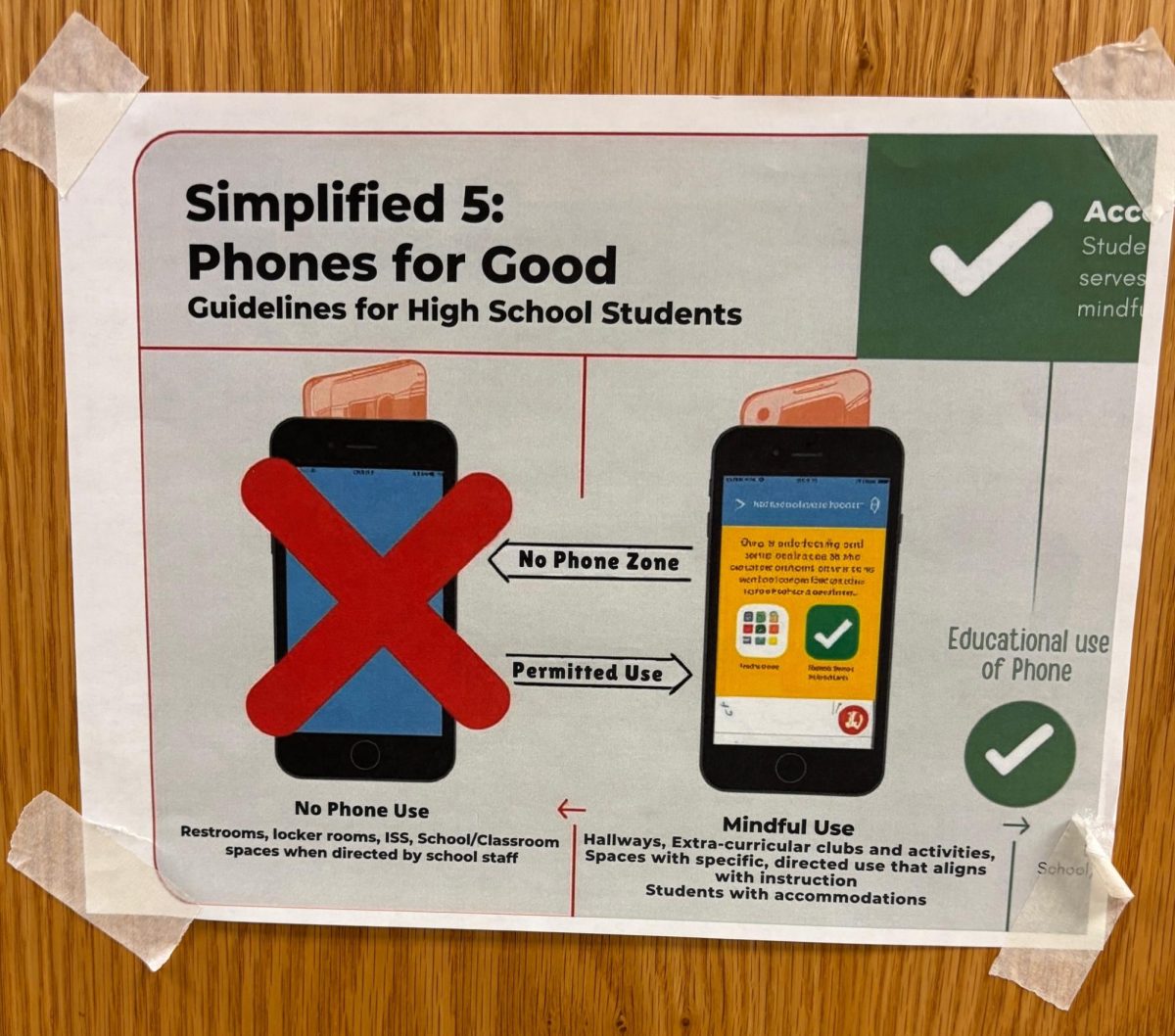





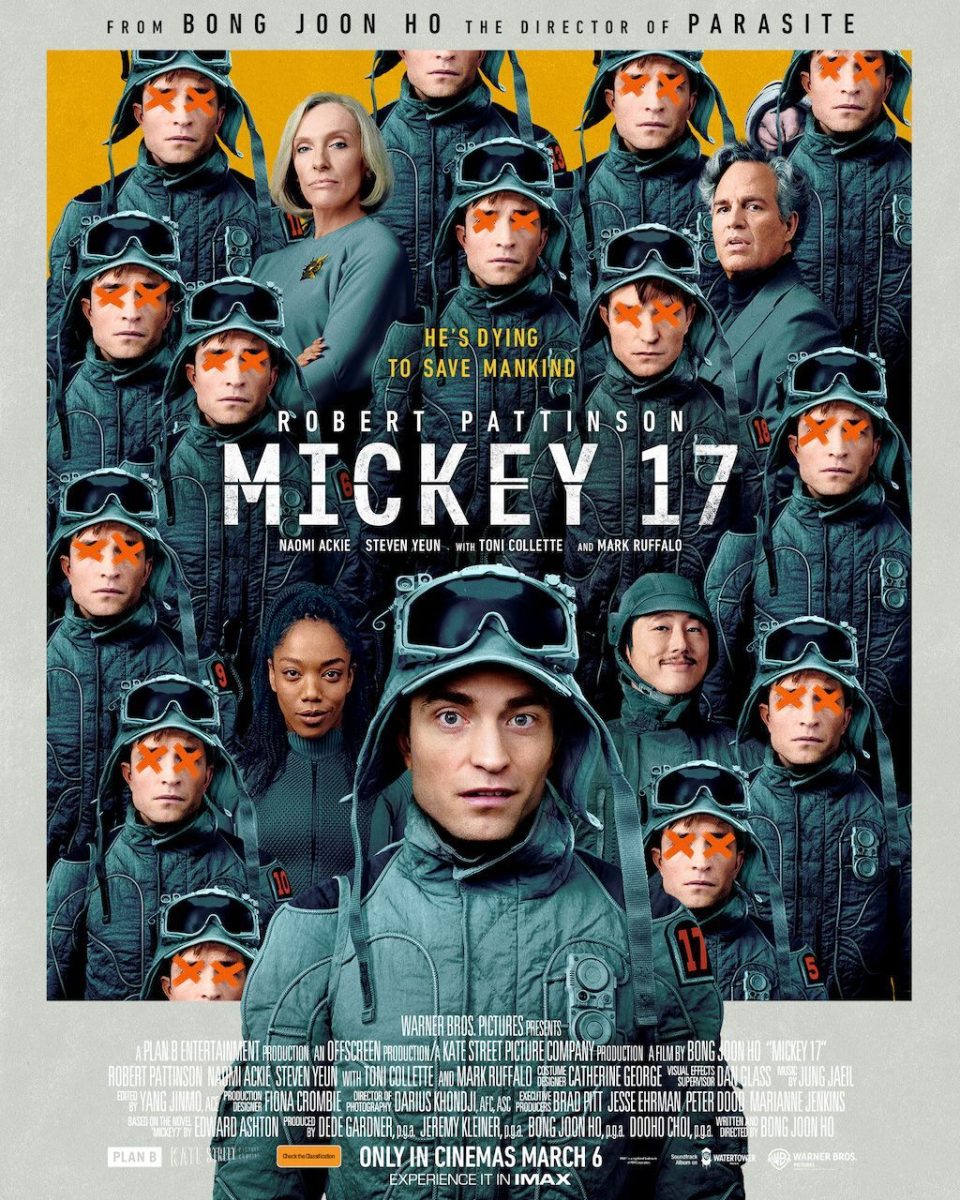
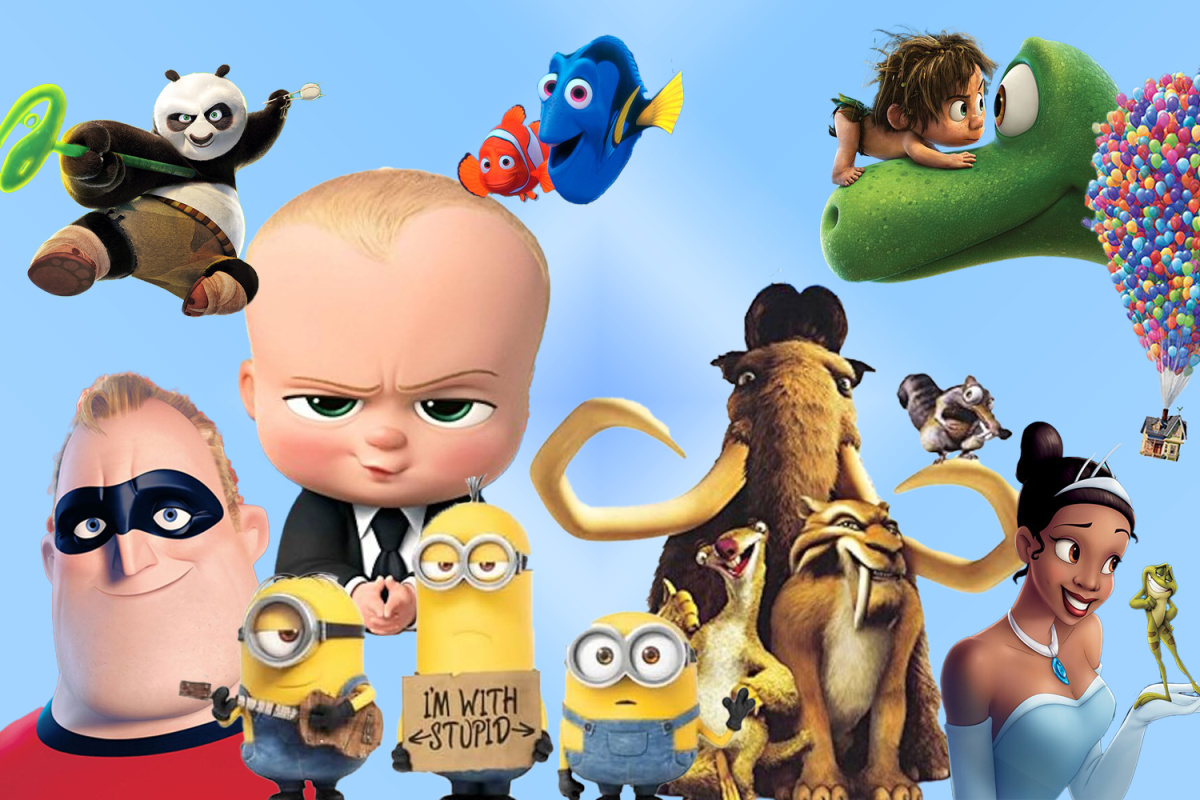
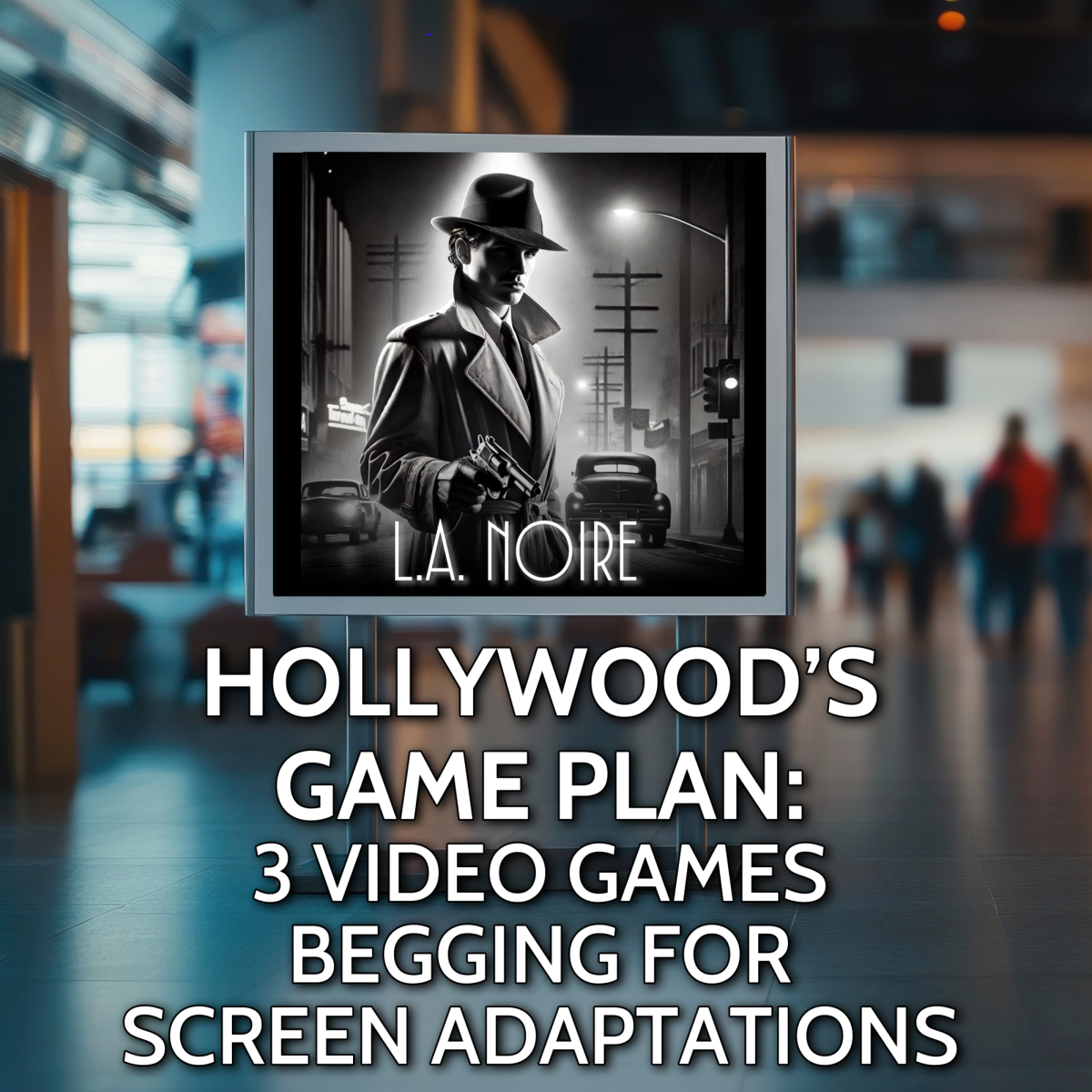
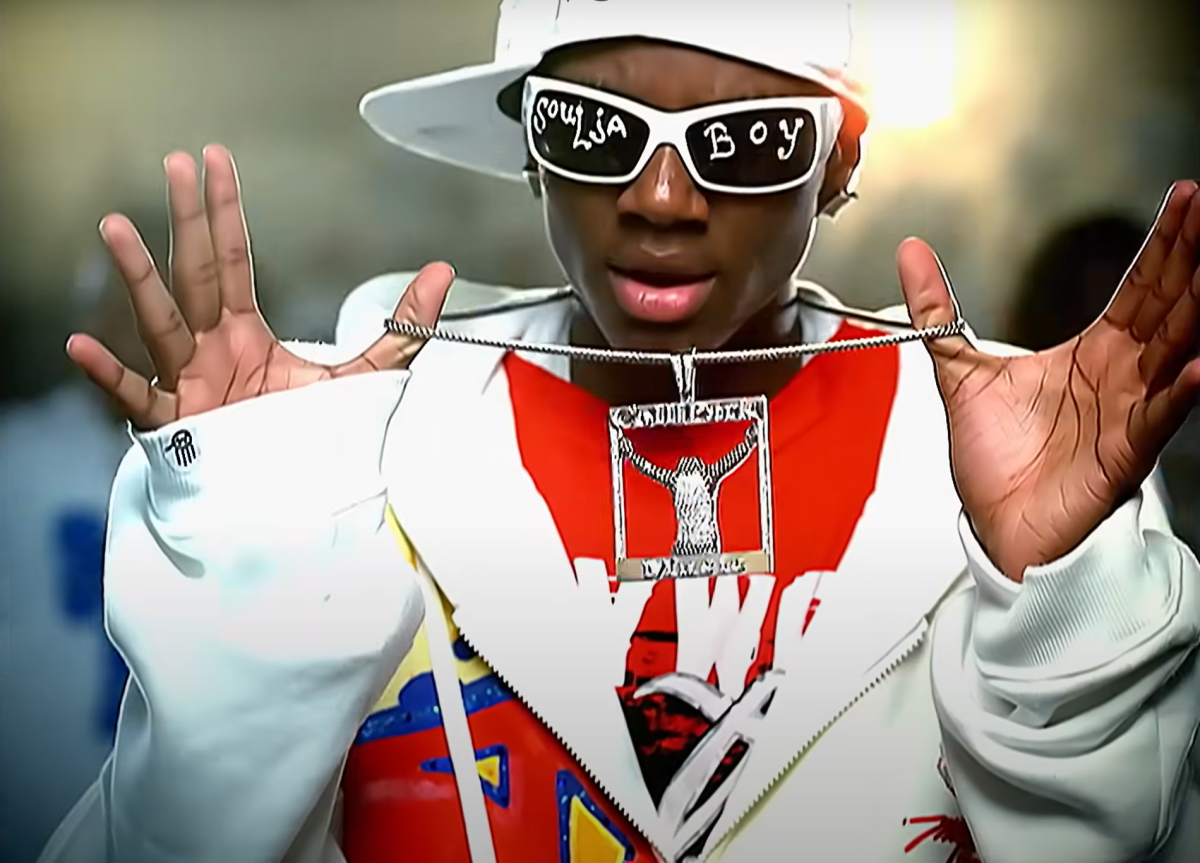
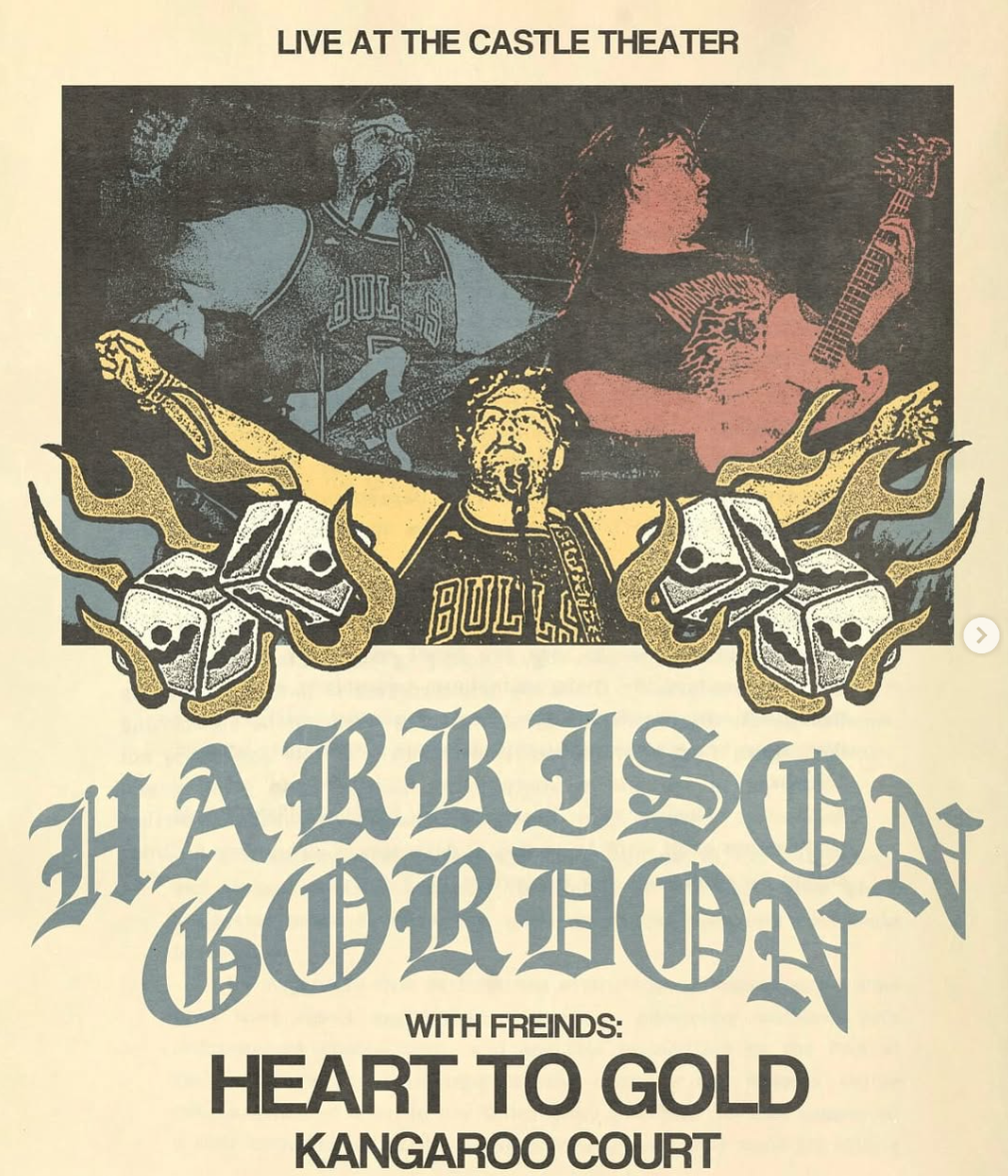
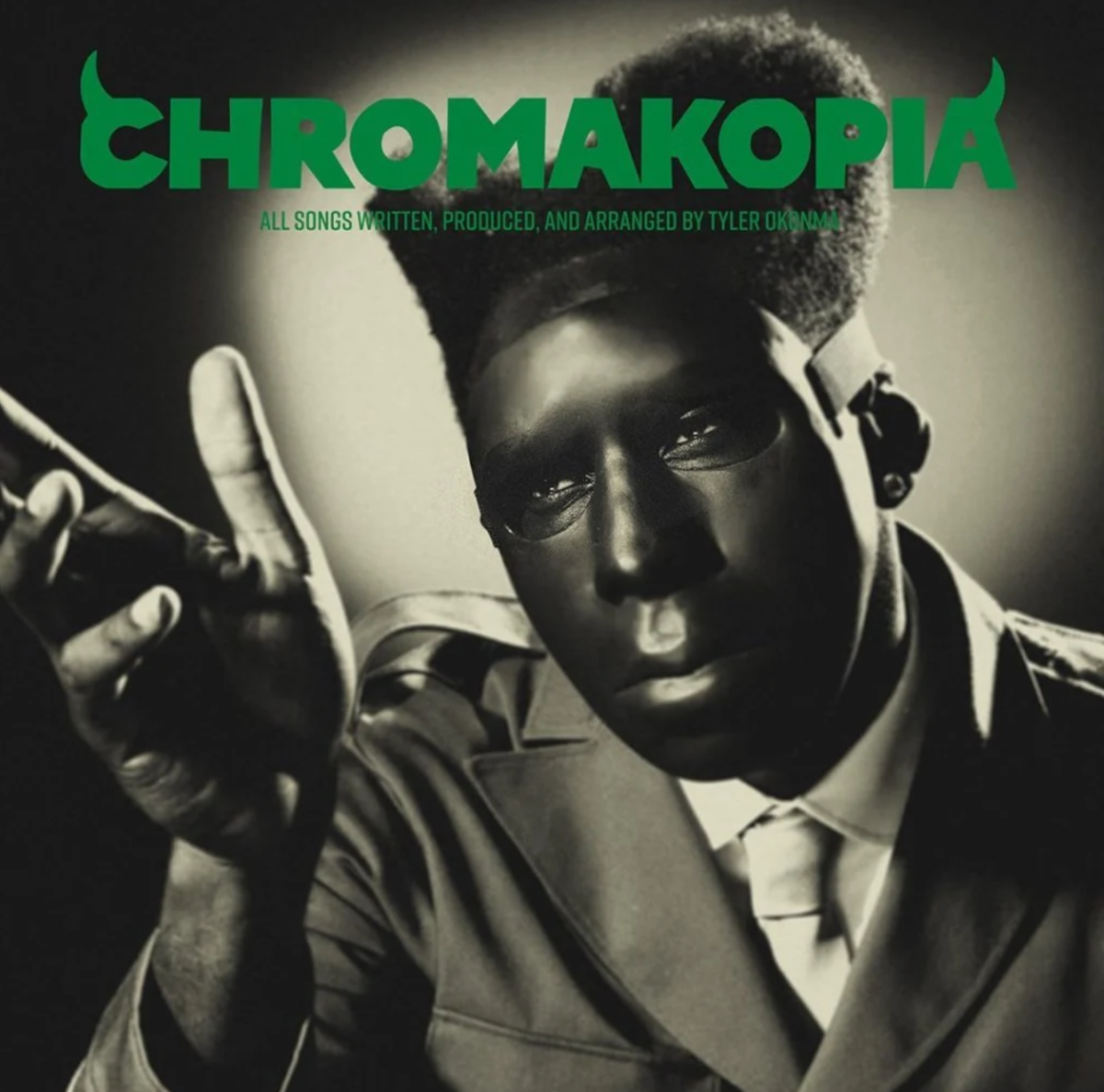

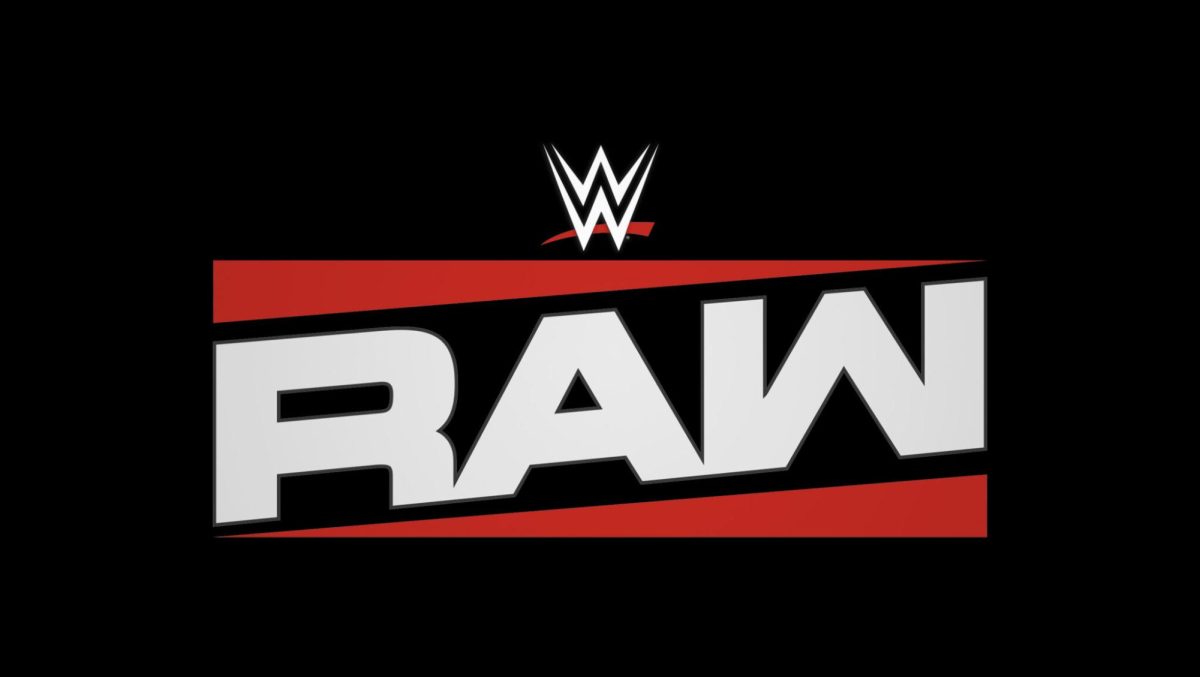
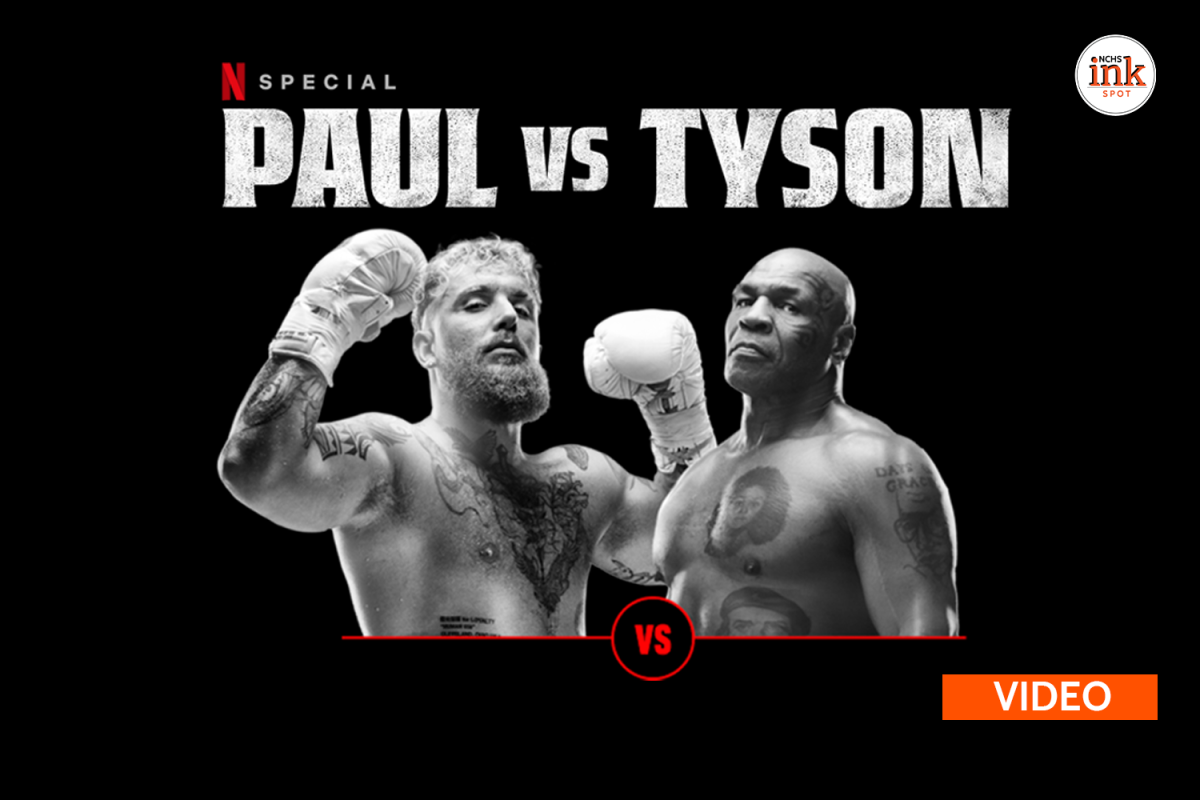
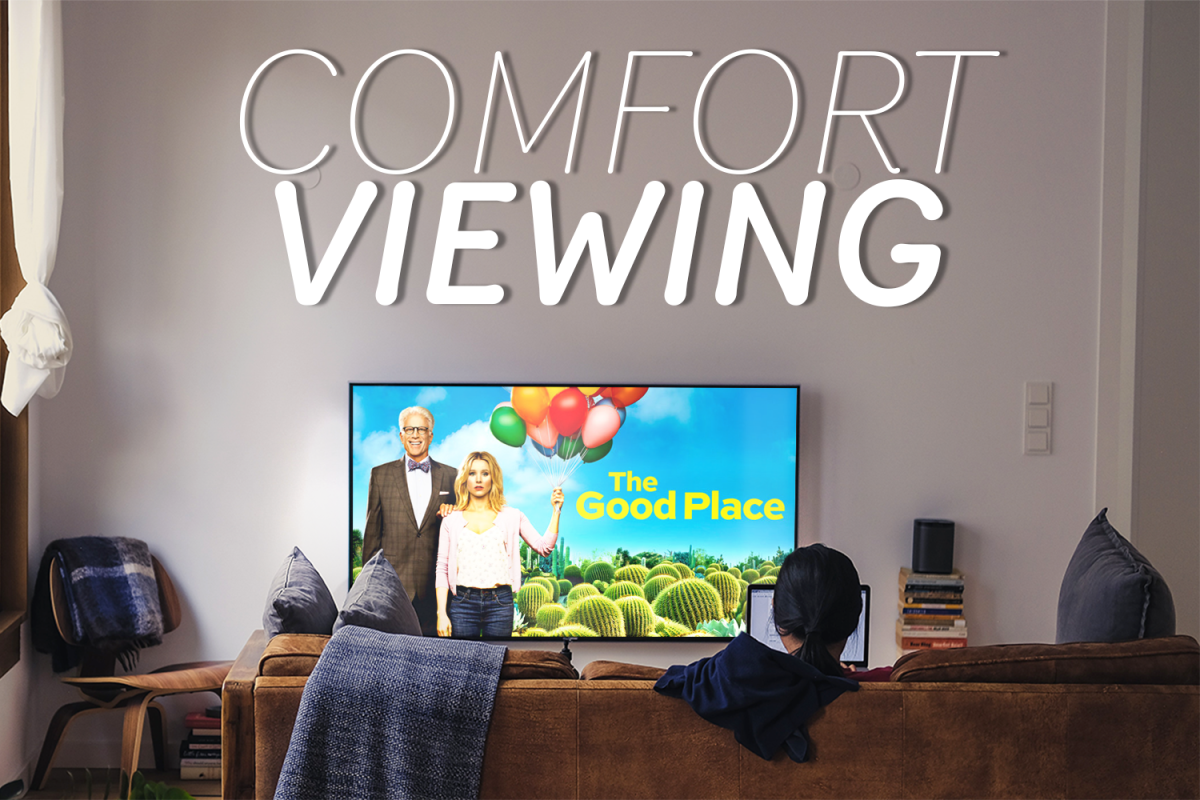
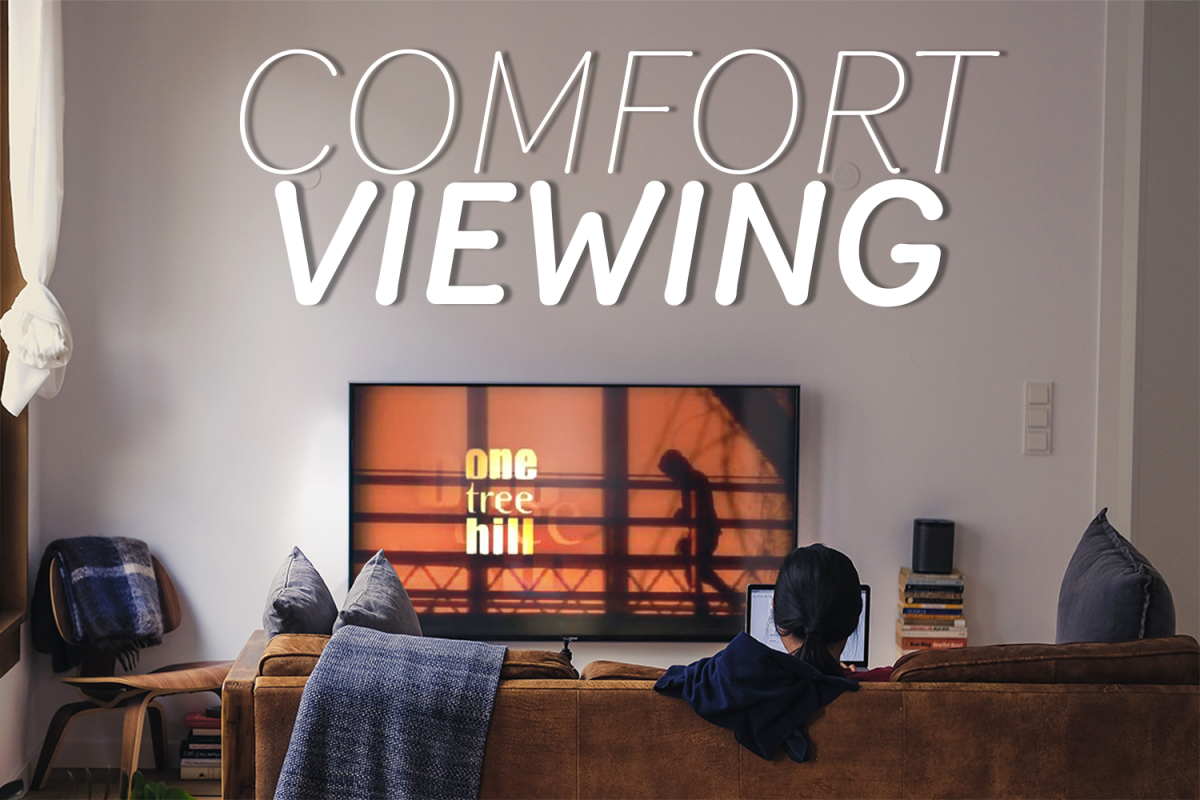
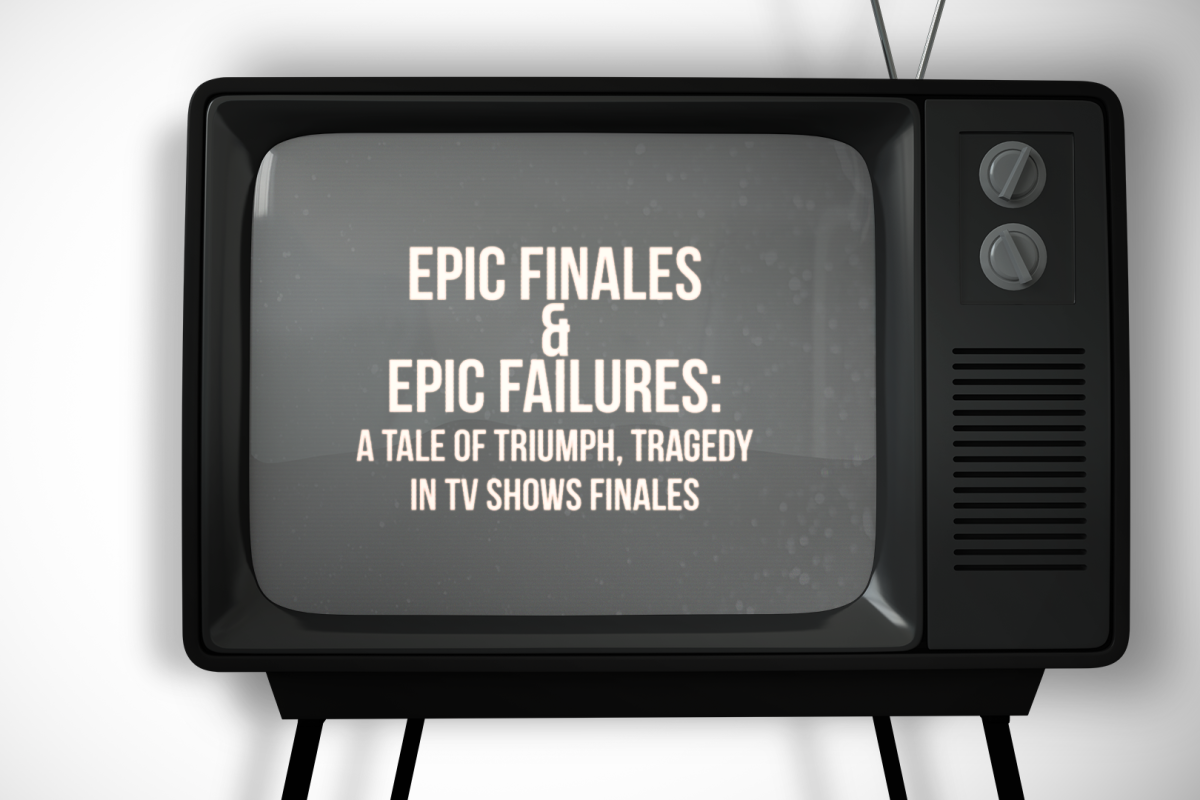
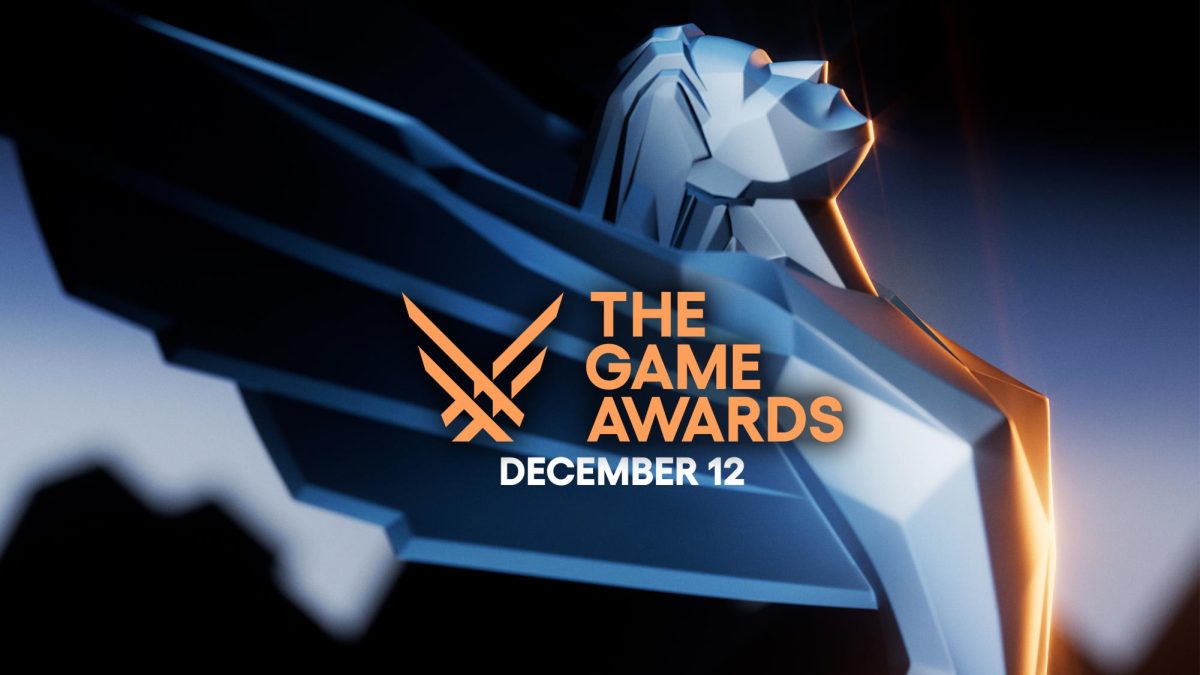
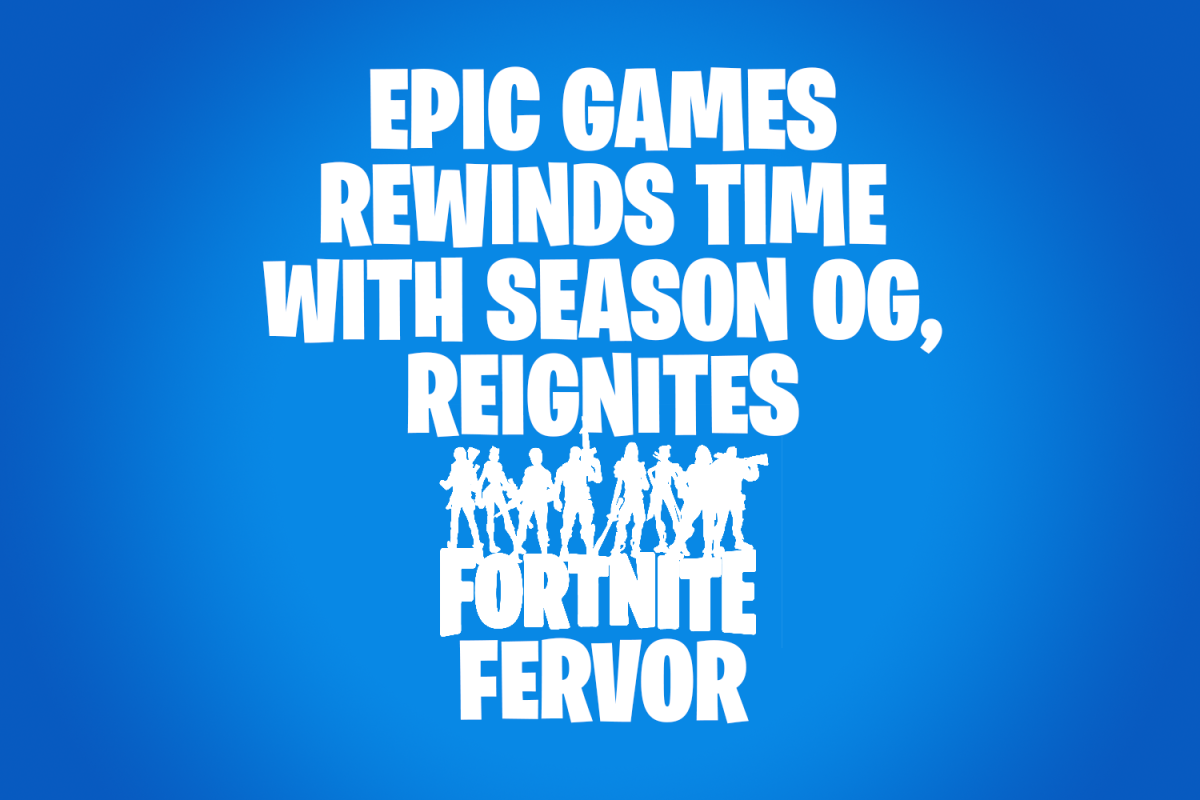
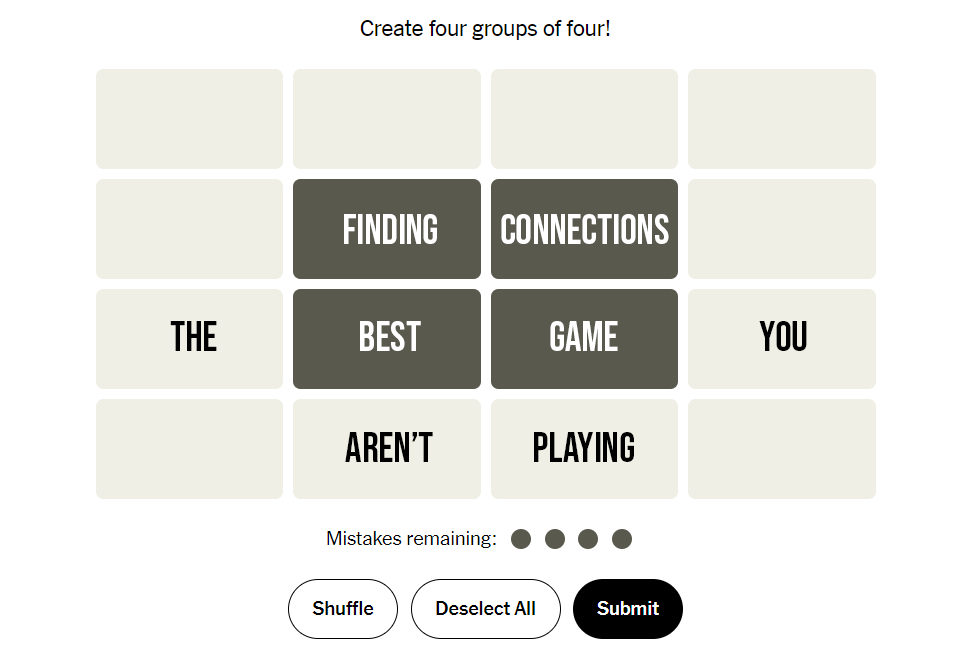
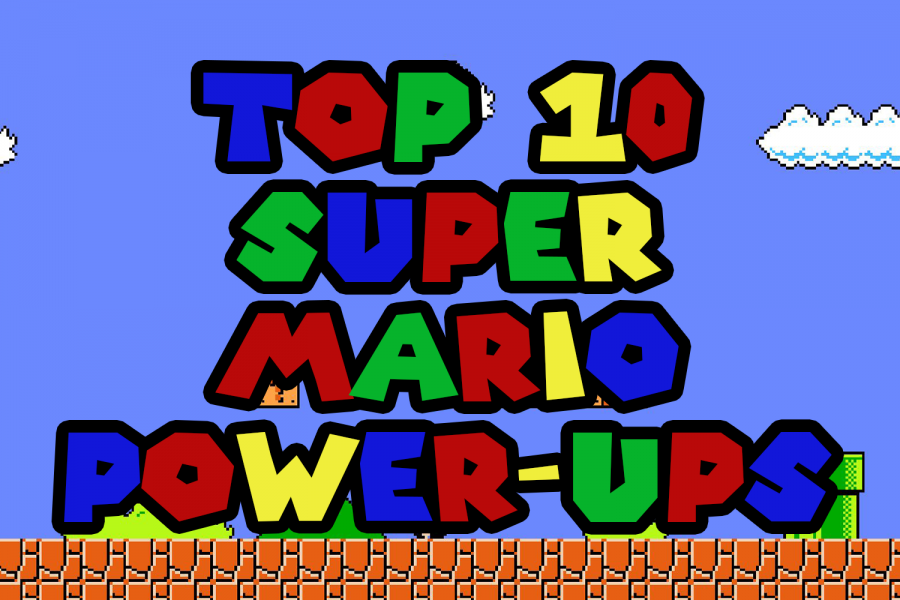
![Week 7: Coach Drengwitz recaps the Ironmen’s win over Bloomington, talks Danville [video]](https://nchsinkspot.com/wp-content/uploads/2025/10/Vikings-feature-Image-1200x675.png)
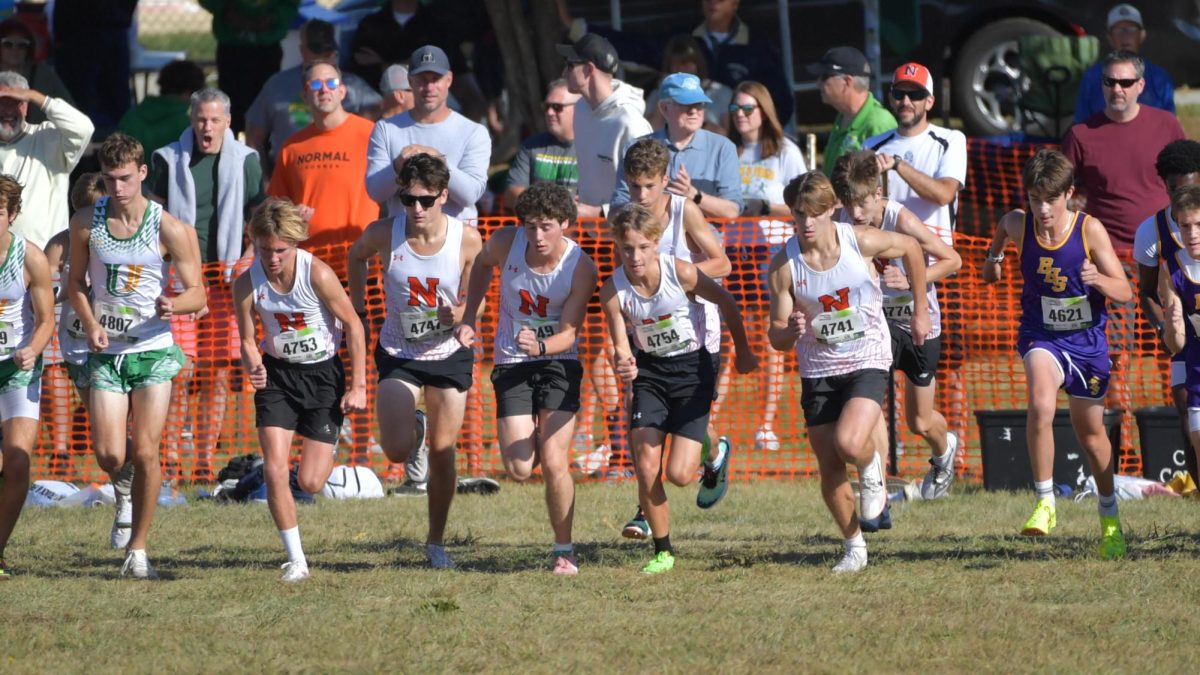
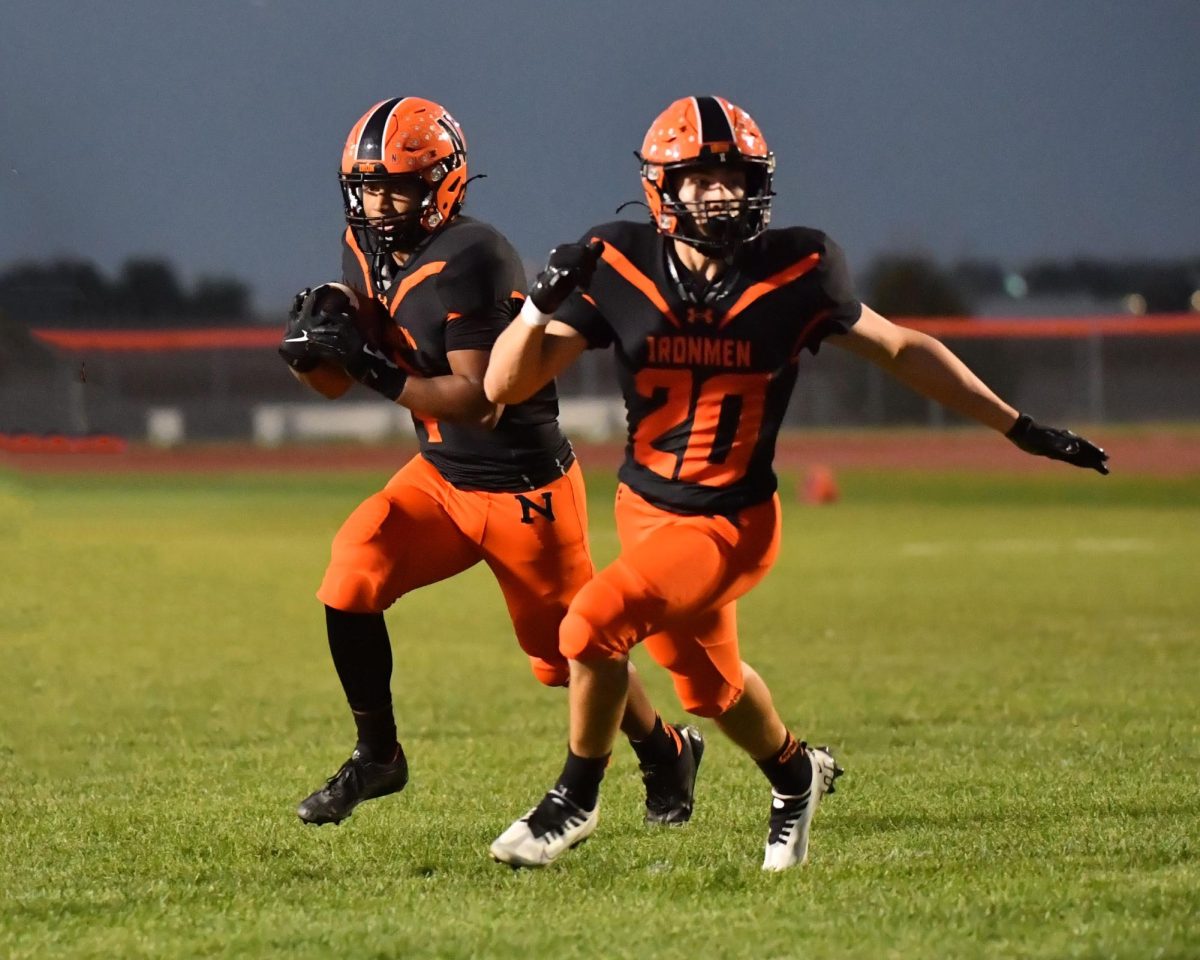
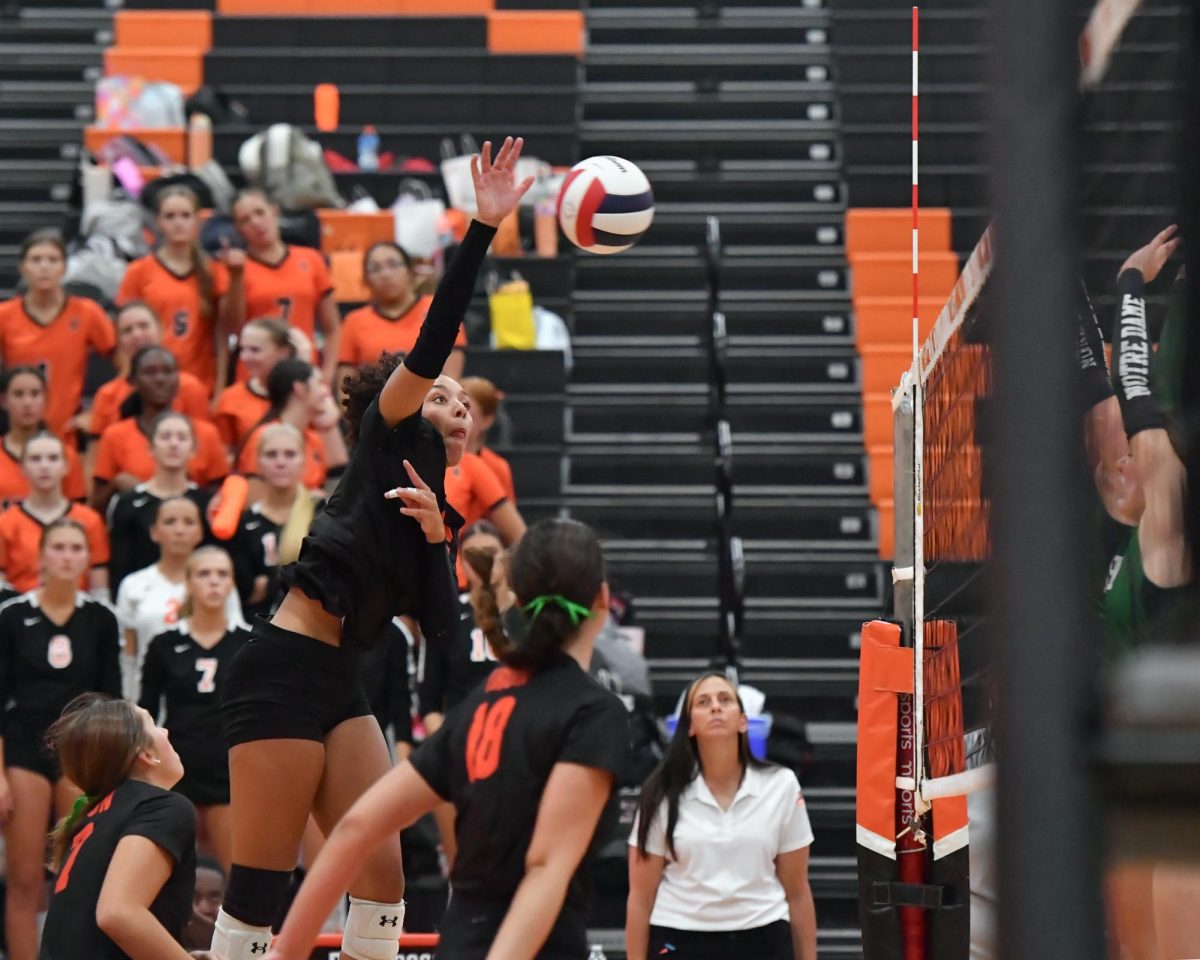


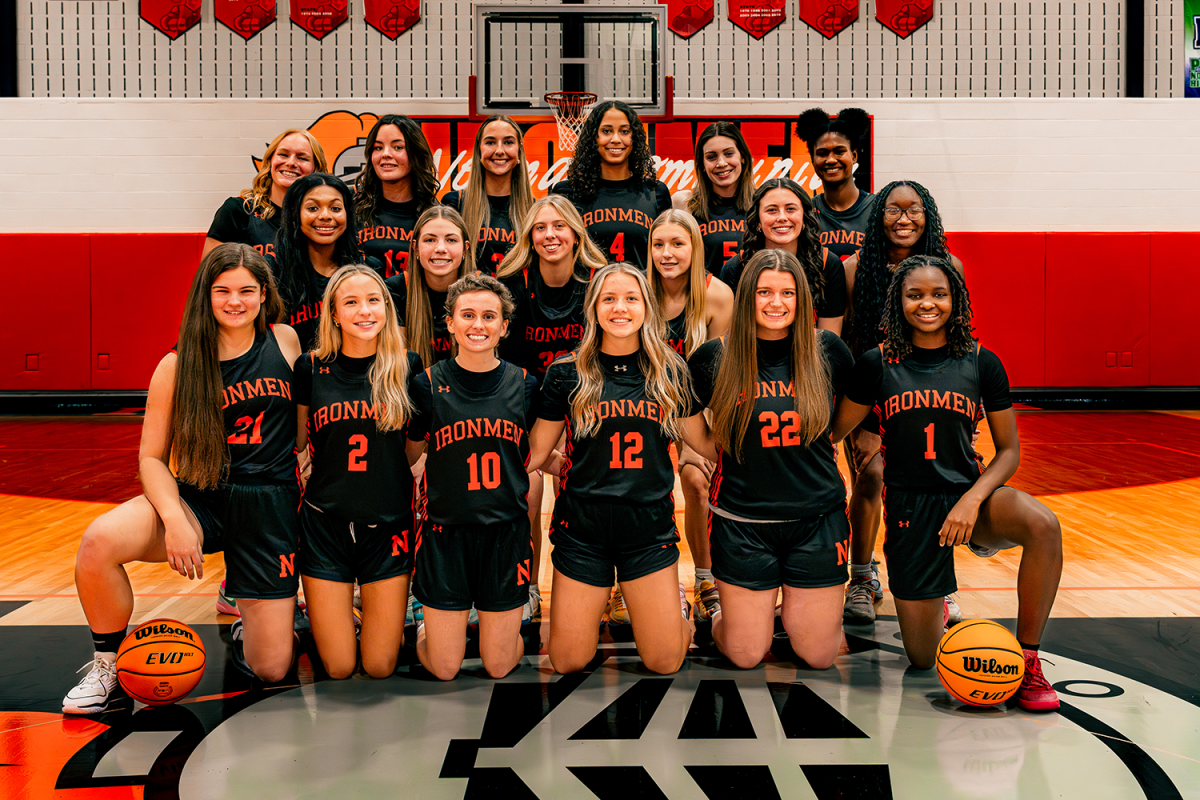

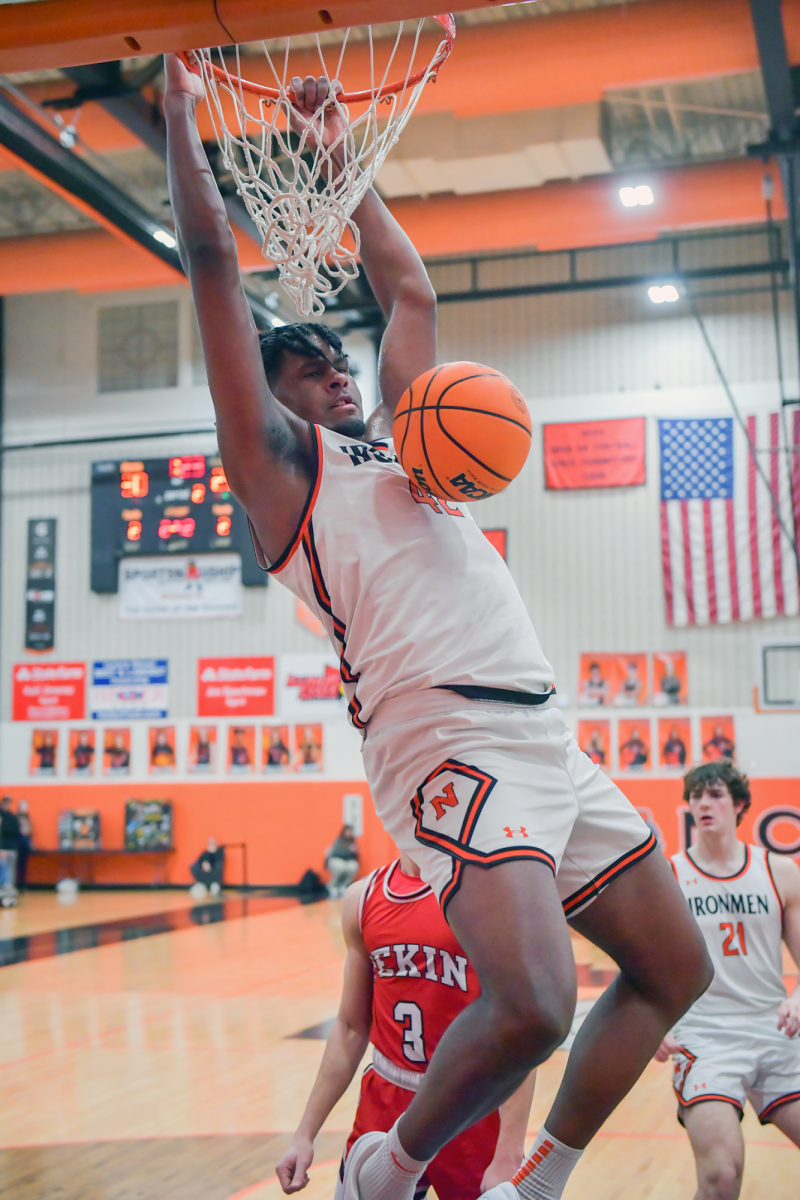
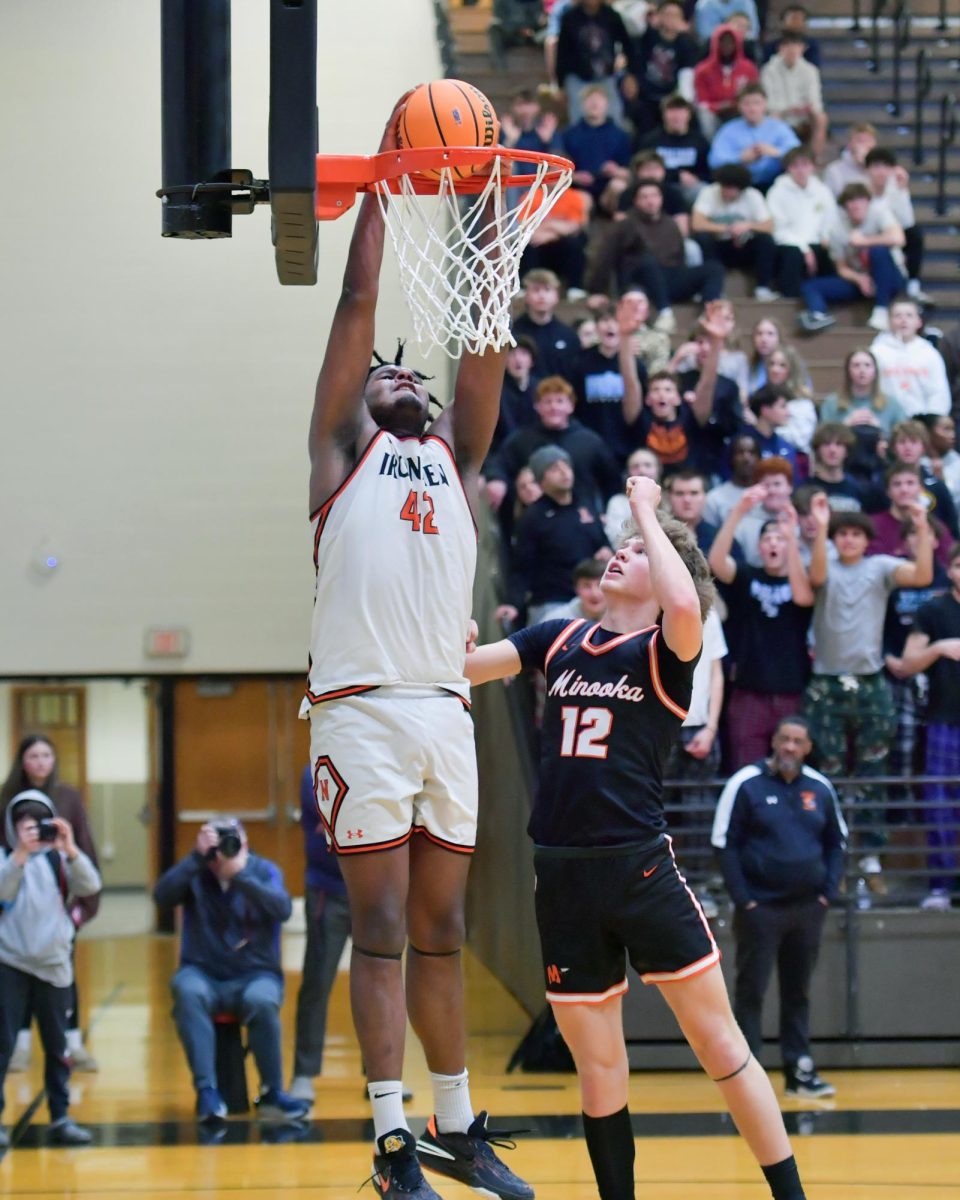


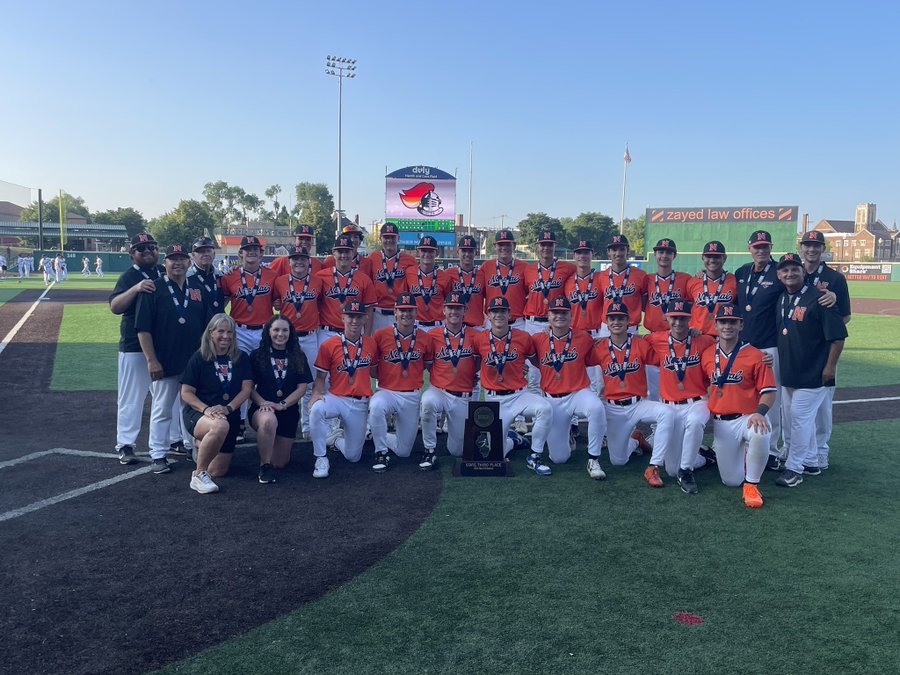
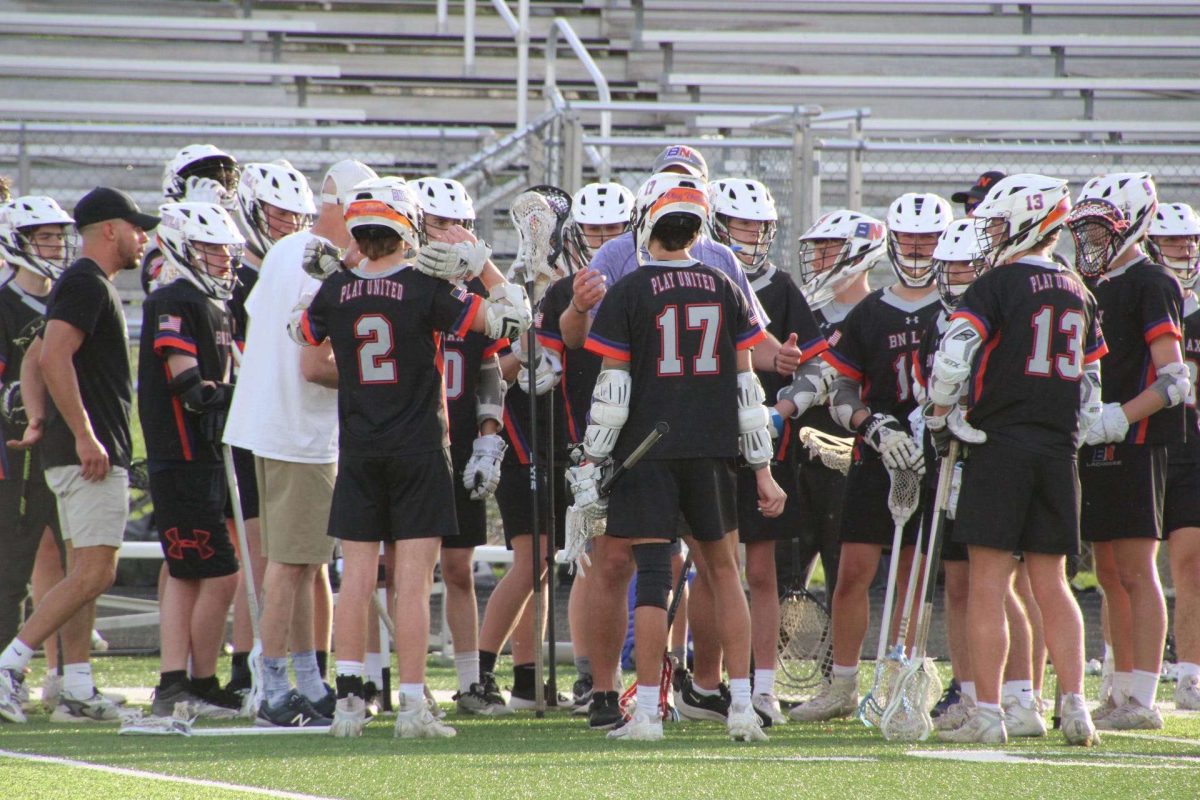




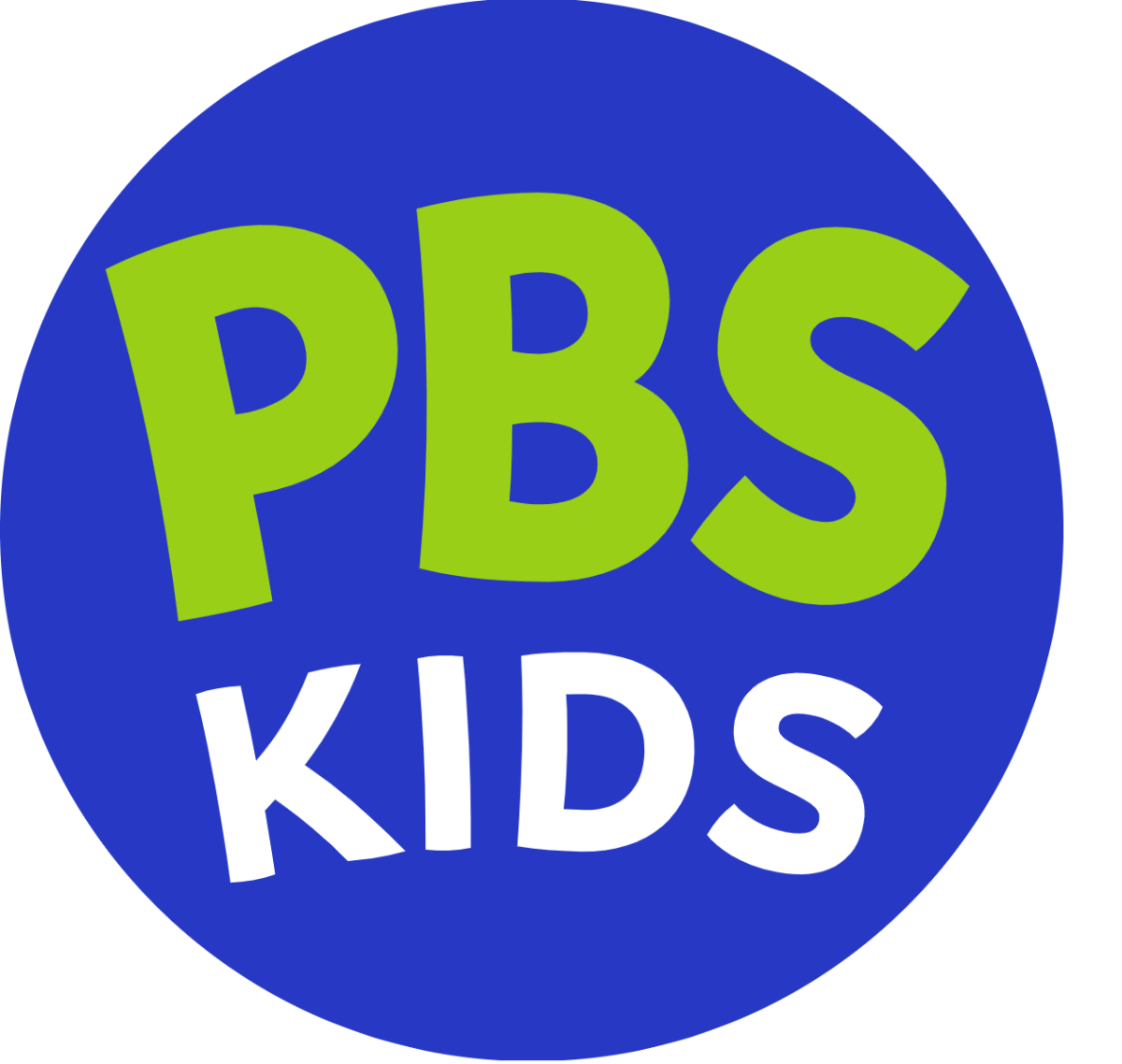

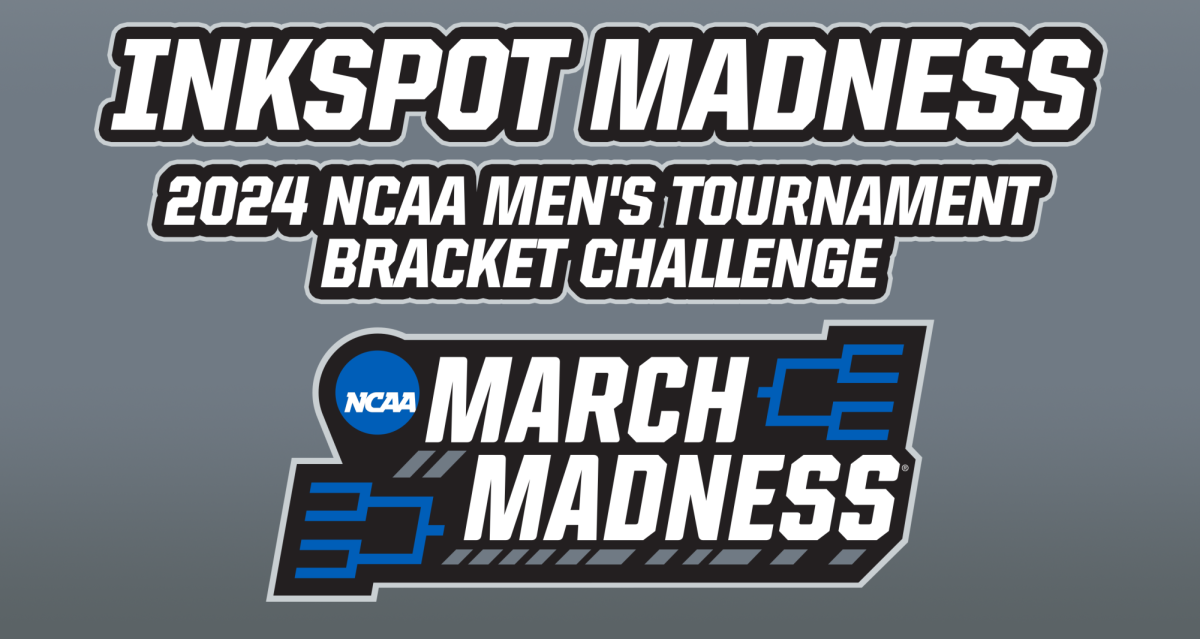
![Halloween candy cross section quiz [quiz]](https://nchsinkspot.com/wp-content/uploads/2022/10/Candy-cover-big-900x675.png)
![Average Jonah? [quiz]](https://nchsinkspot.com/wp-content/uploads/2022/05/average-jonah-900x600.png)

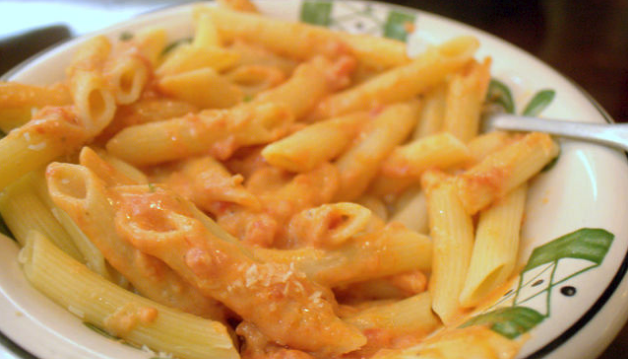
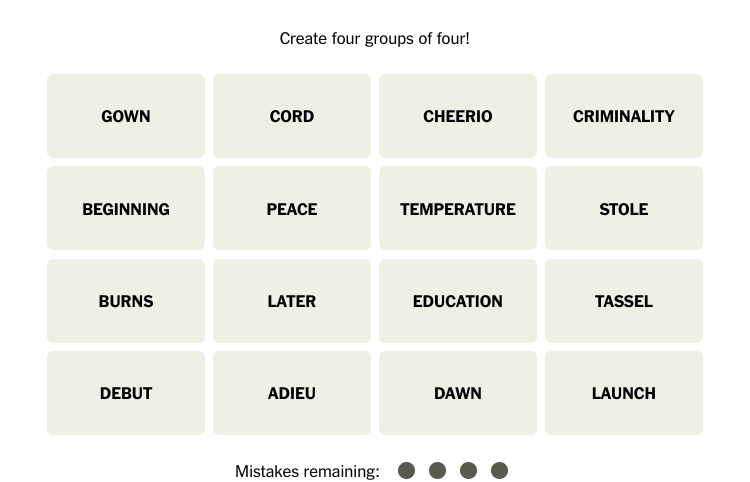
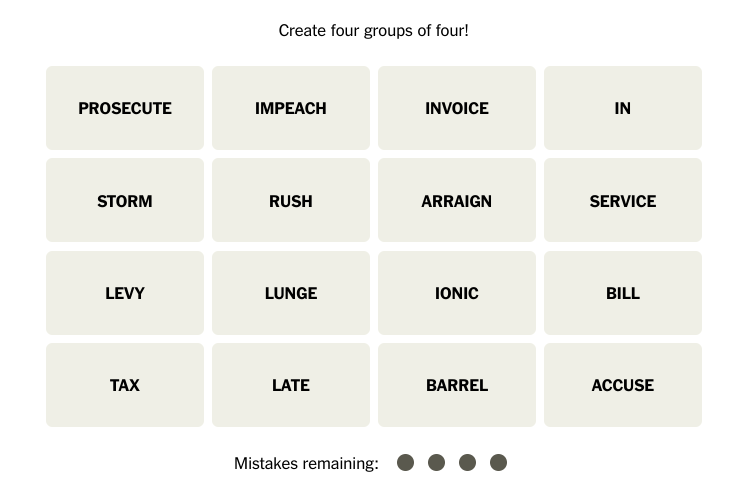
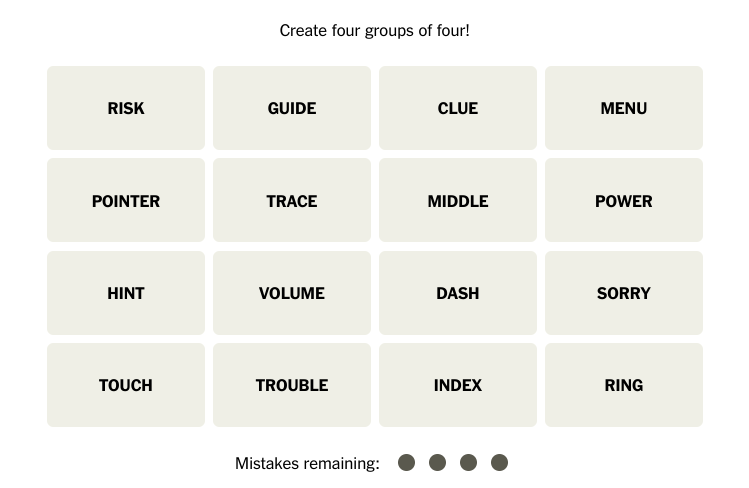
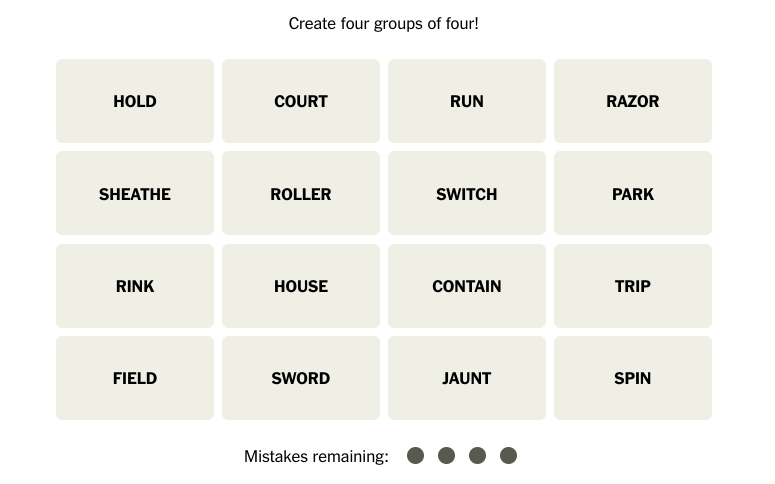
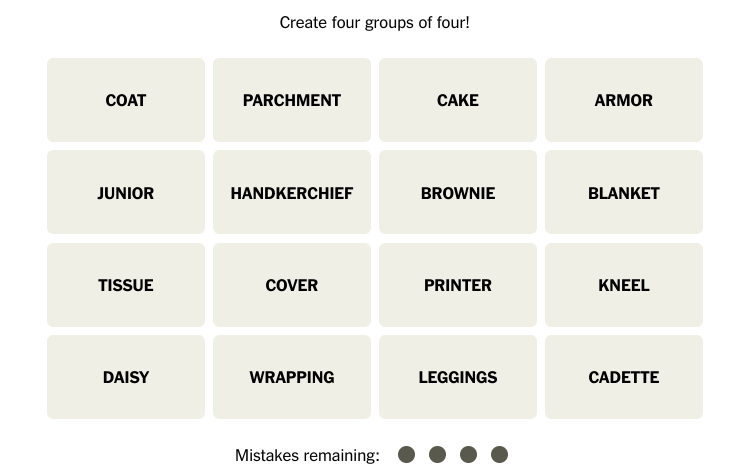
![[Photo Illustration]](https://nchsinkspot.com/wp-content/uploads/2025/09/trigger-words.png)

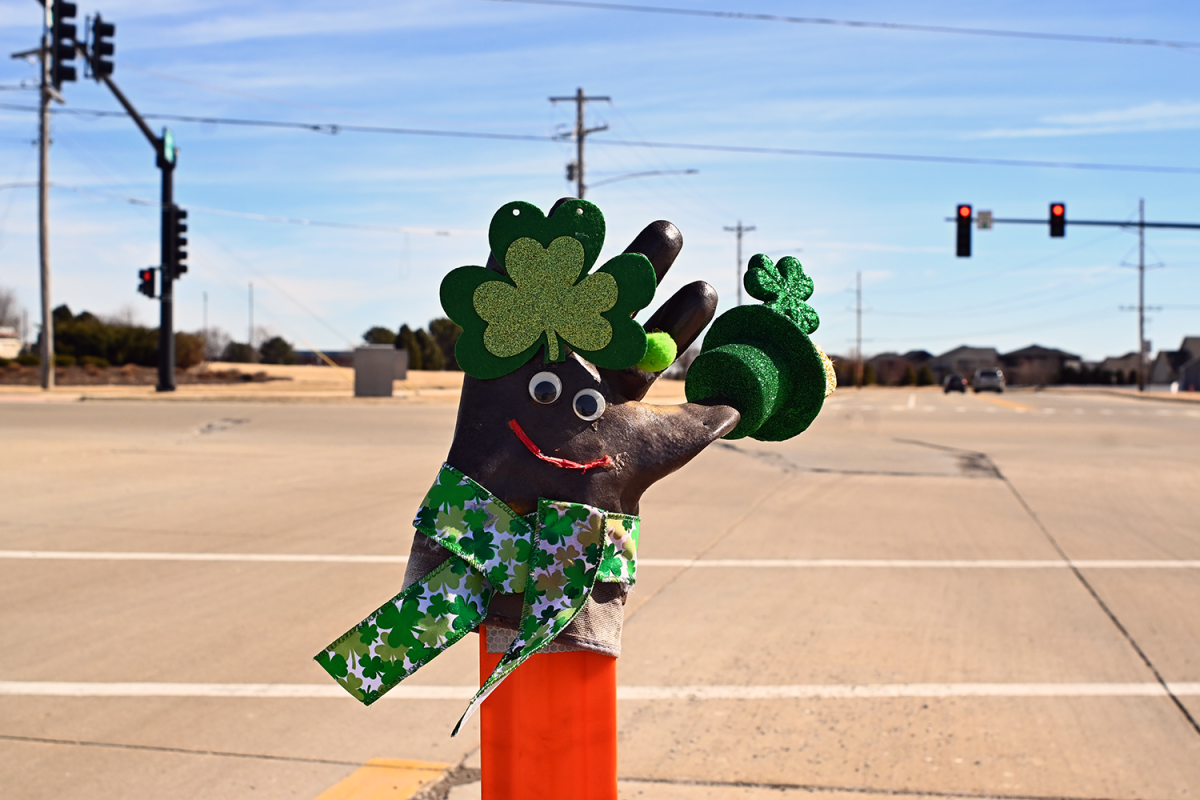
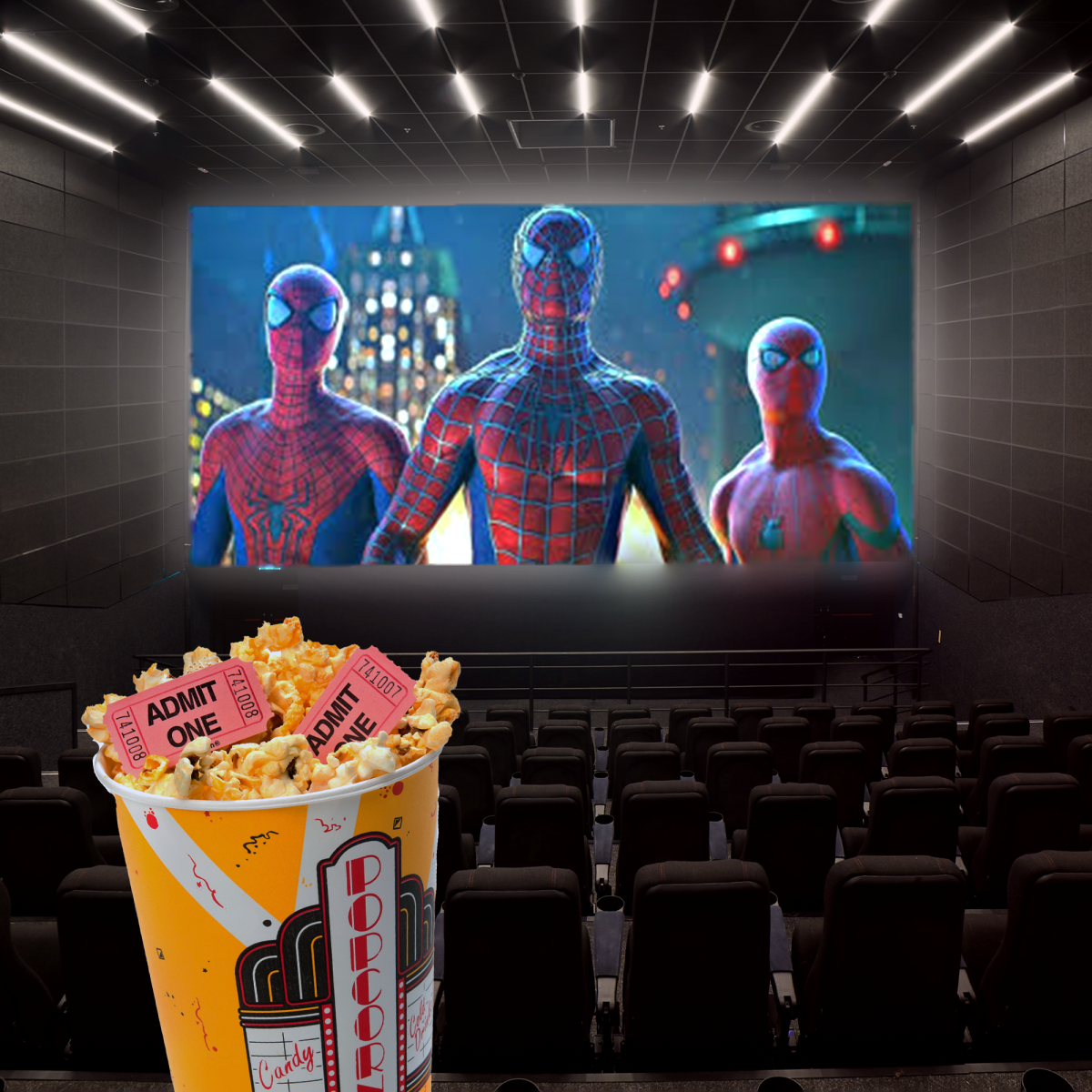
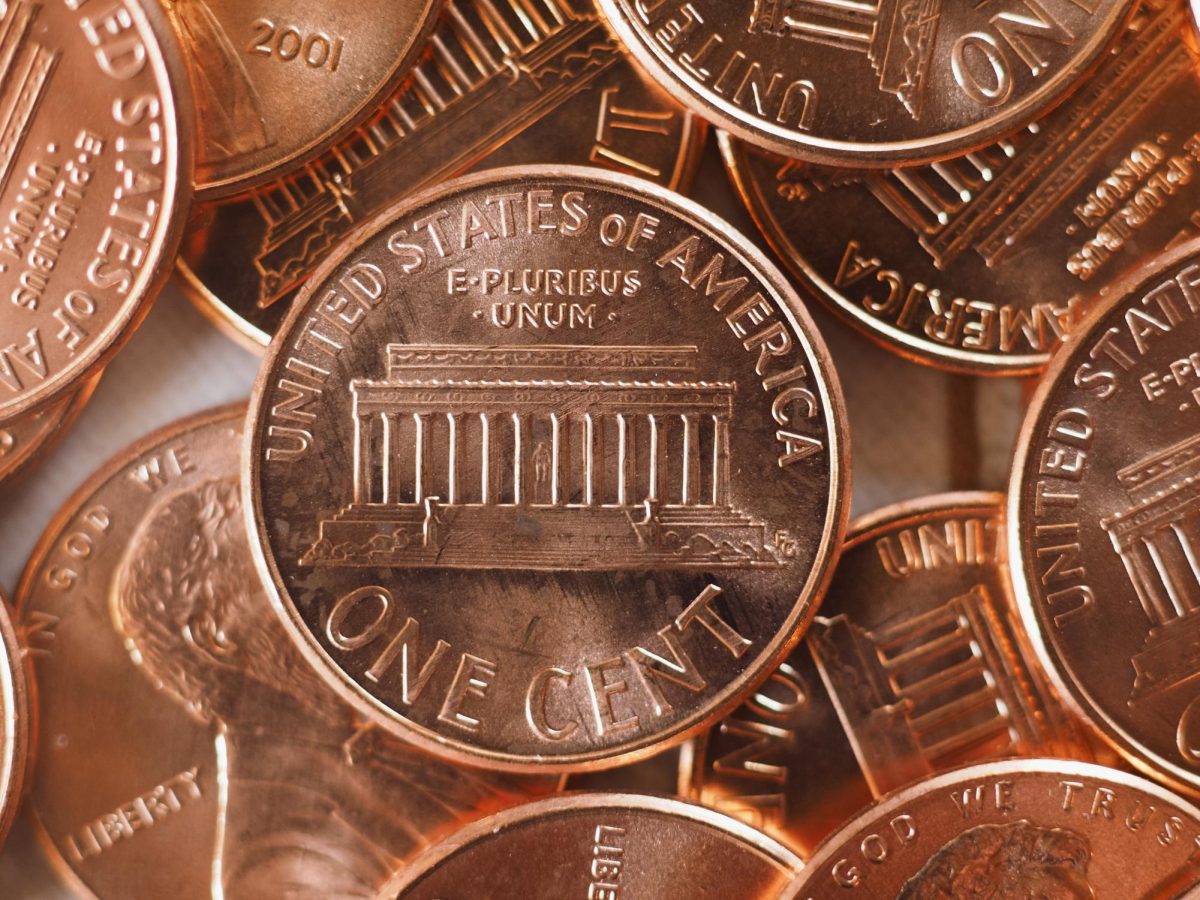
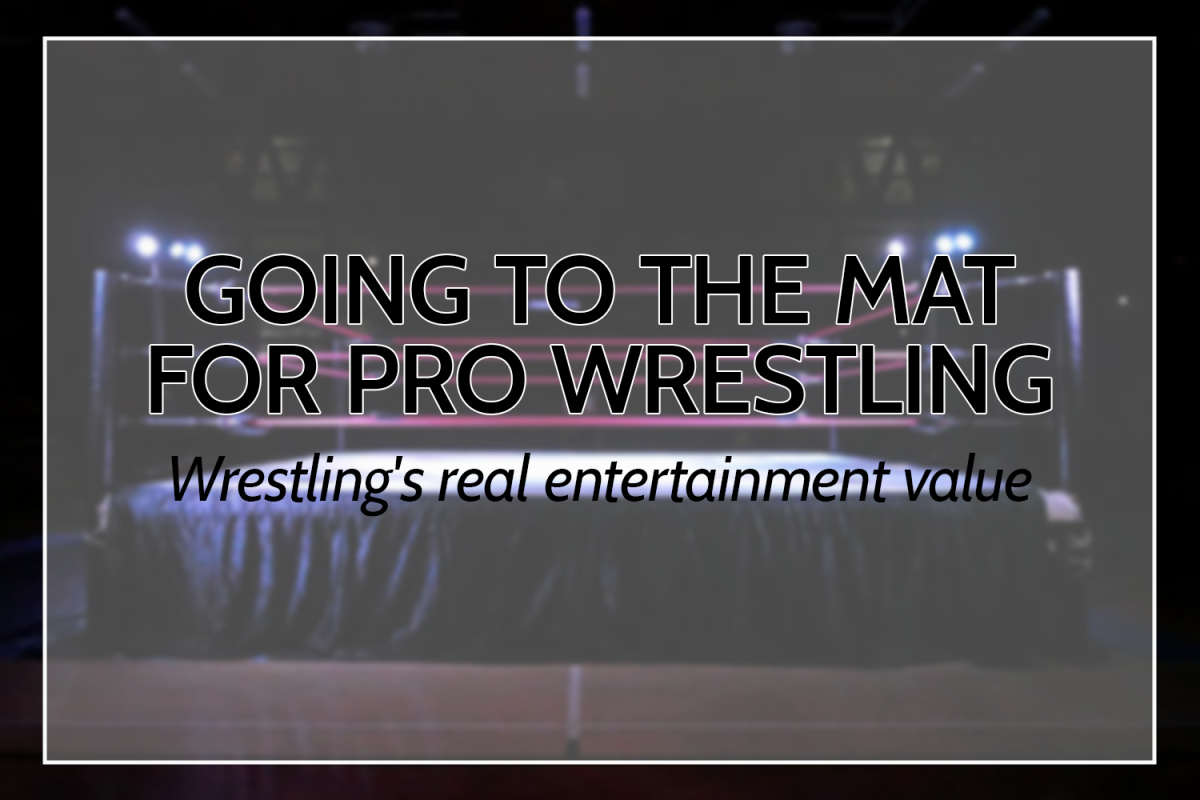
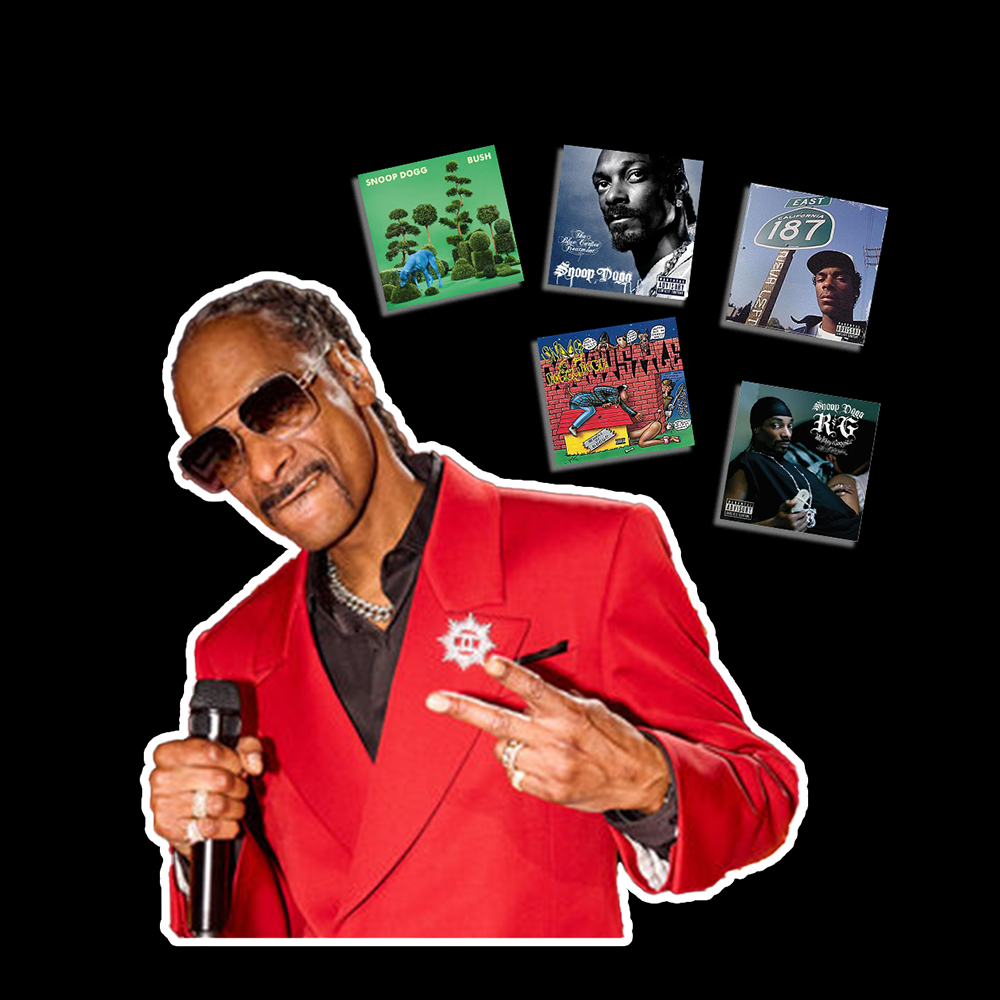
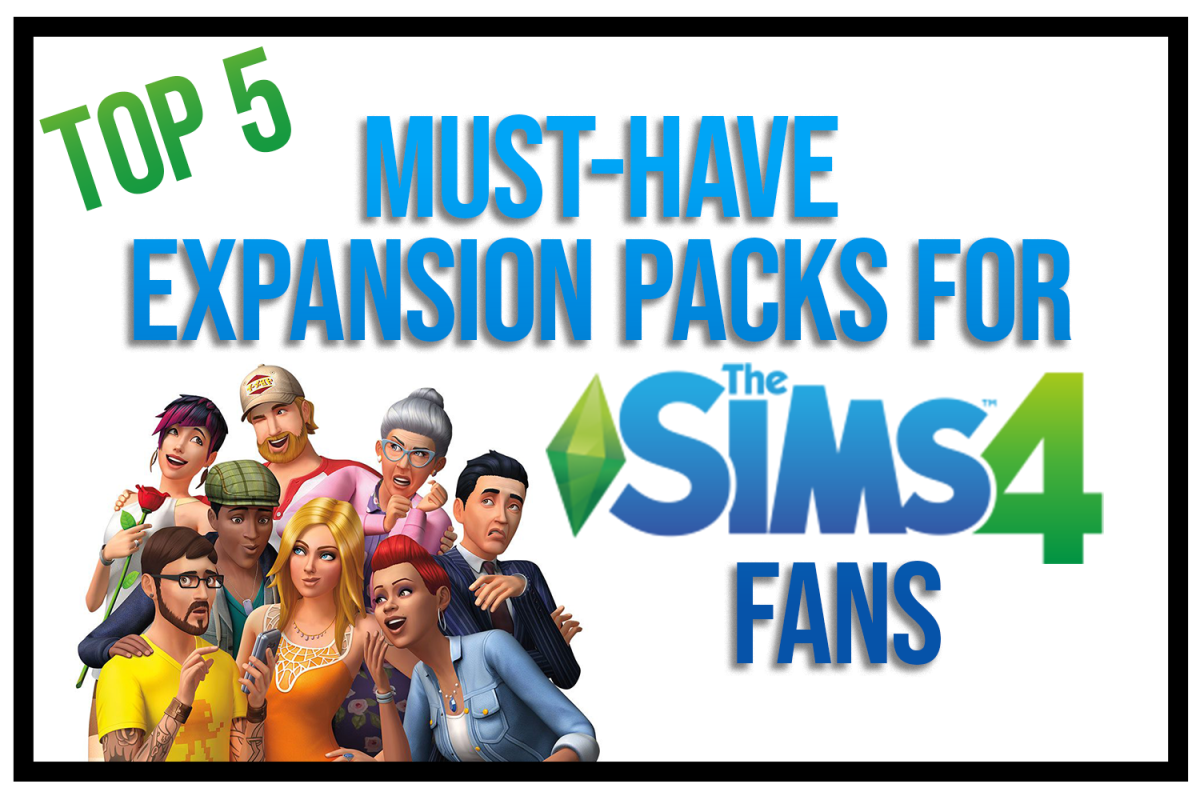
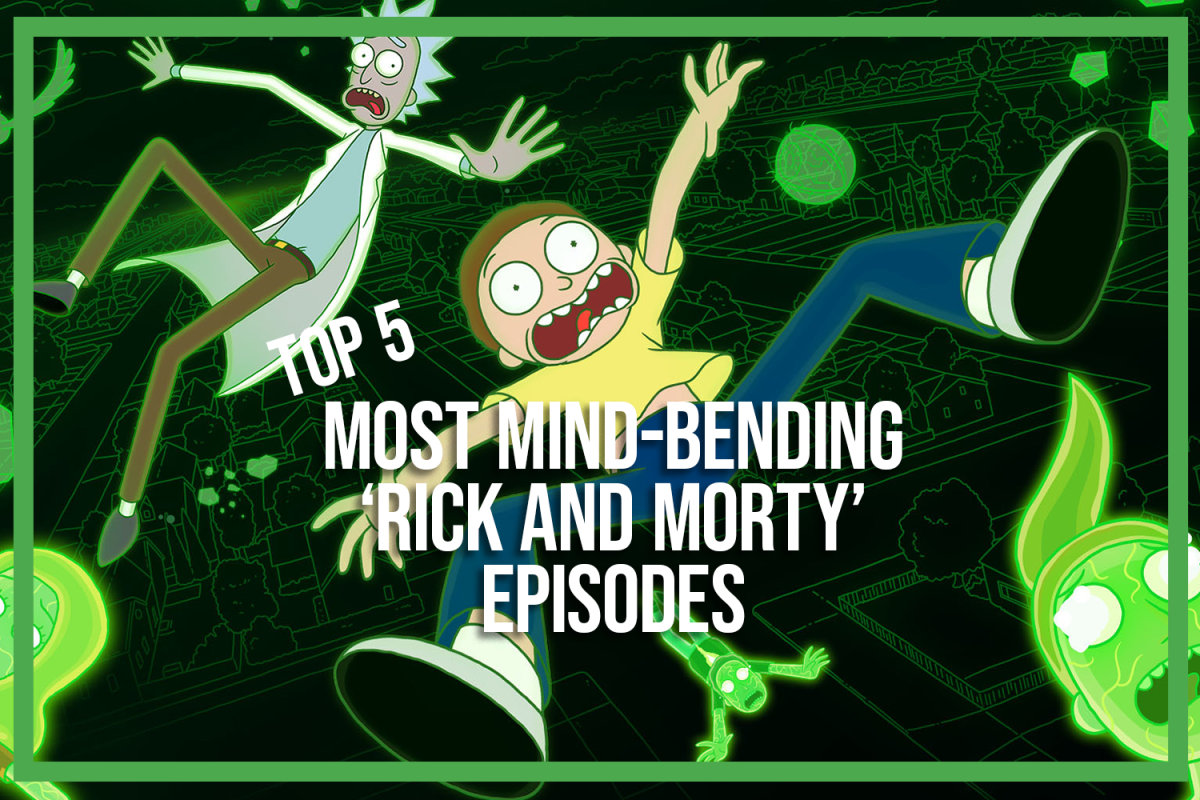
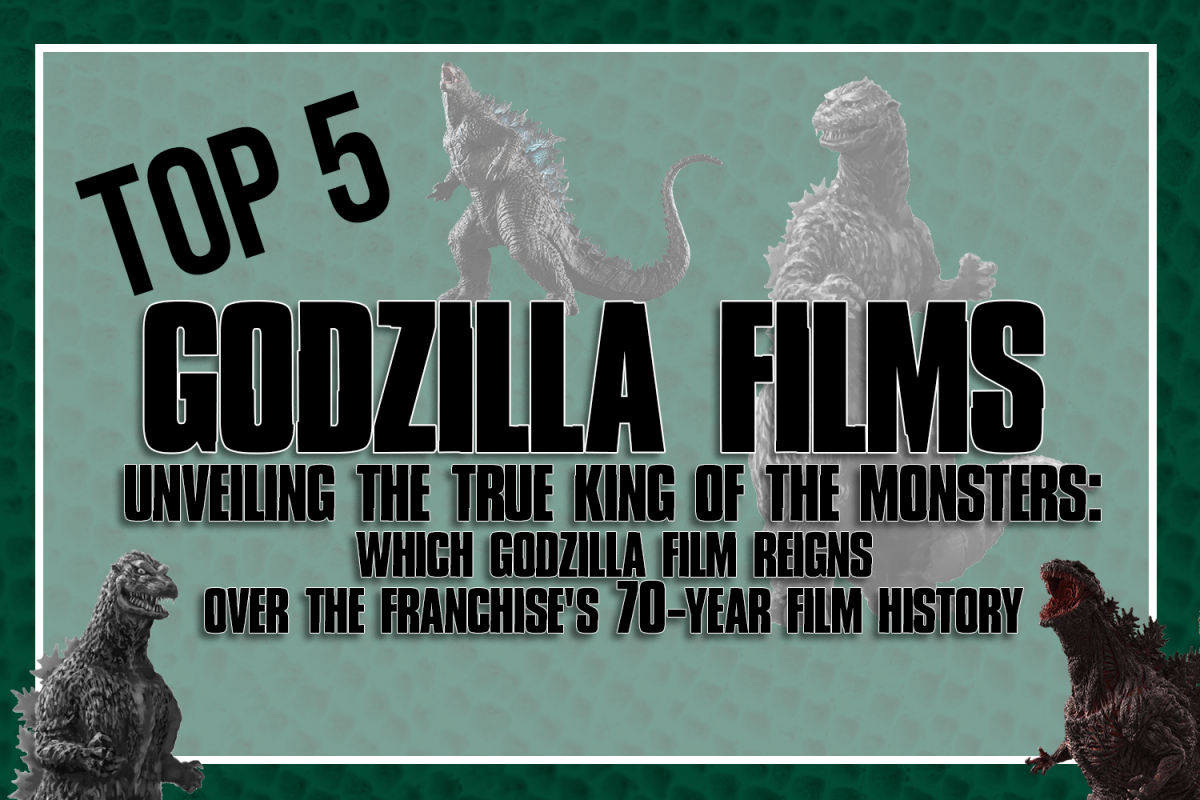
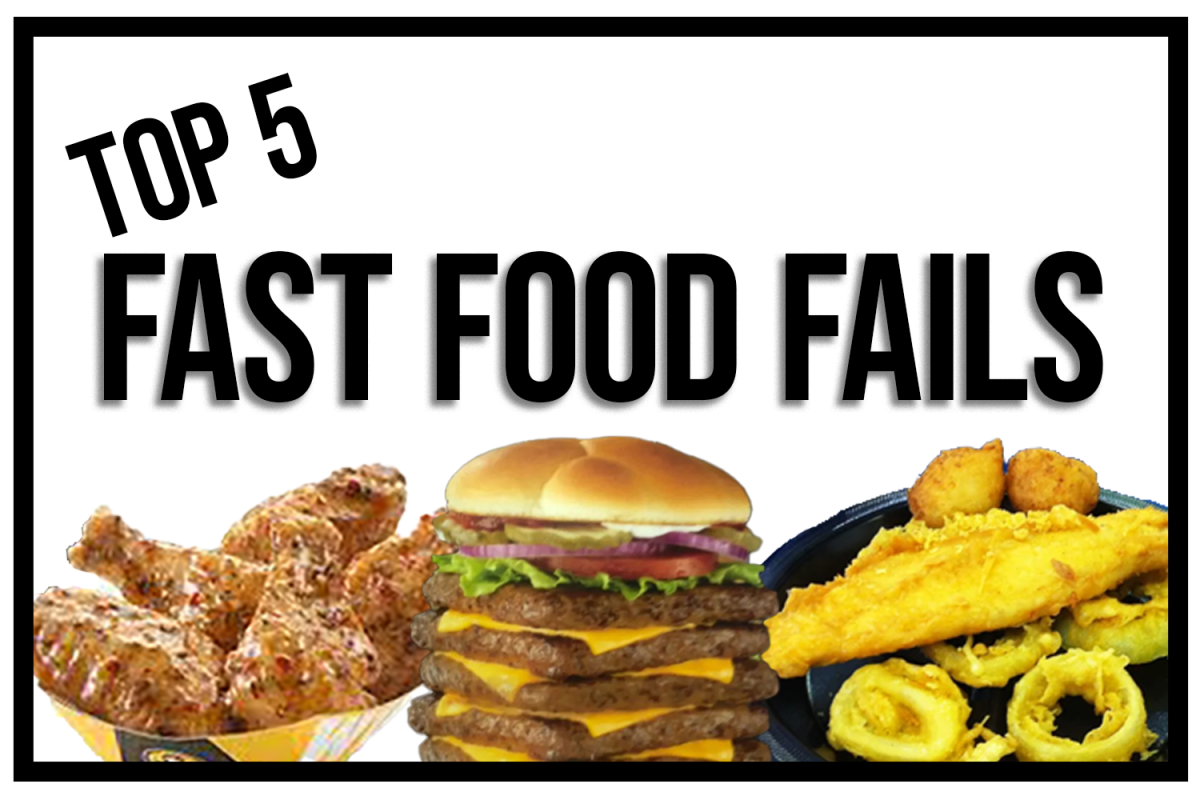
![Week 5: Coach Drengwitz previews the Ironmen’s matchup vs. Peoria Manual, recaps Week 4 [video]](https://nchsinkspot.com/wp-content/uploads/2025/09/Week-5-v-Rams-1200x675.png)
![Postgame reaction: Coach Drengwitz on Community’s 28-17 Loss to Kankakee [video]](https://nchsinkspot.com/wp-content/uploads/2025/09/Week-4-postgame--1200x675.png)
![Week 4: Coach Drengwitz previews the Ironmen’s matchup vs. Kankakee [video]](https://nchsinkspot.com/wp-content/uploads/2025/09/Ironmen-v-Kankakee-video-1200x1200.png)
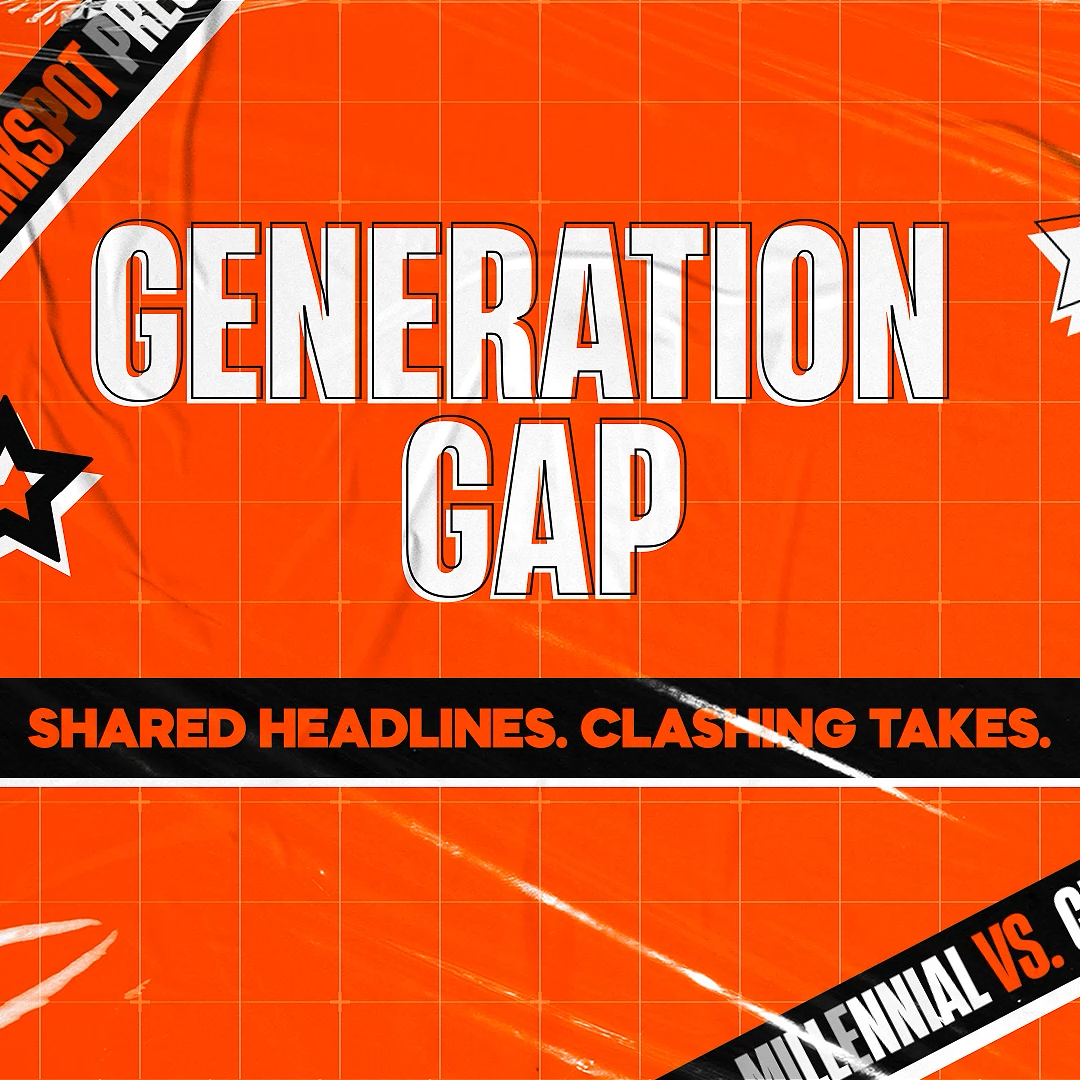

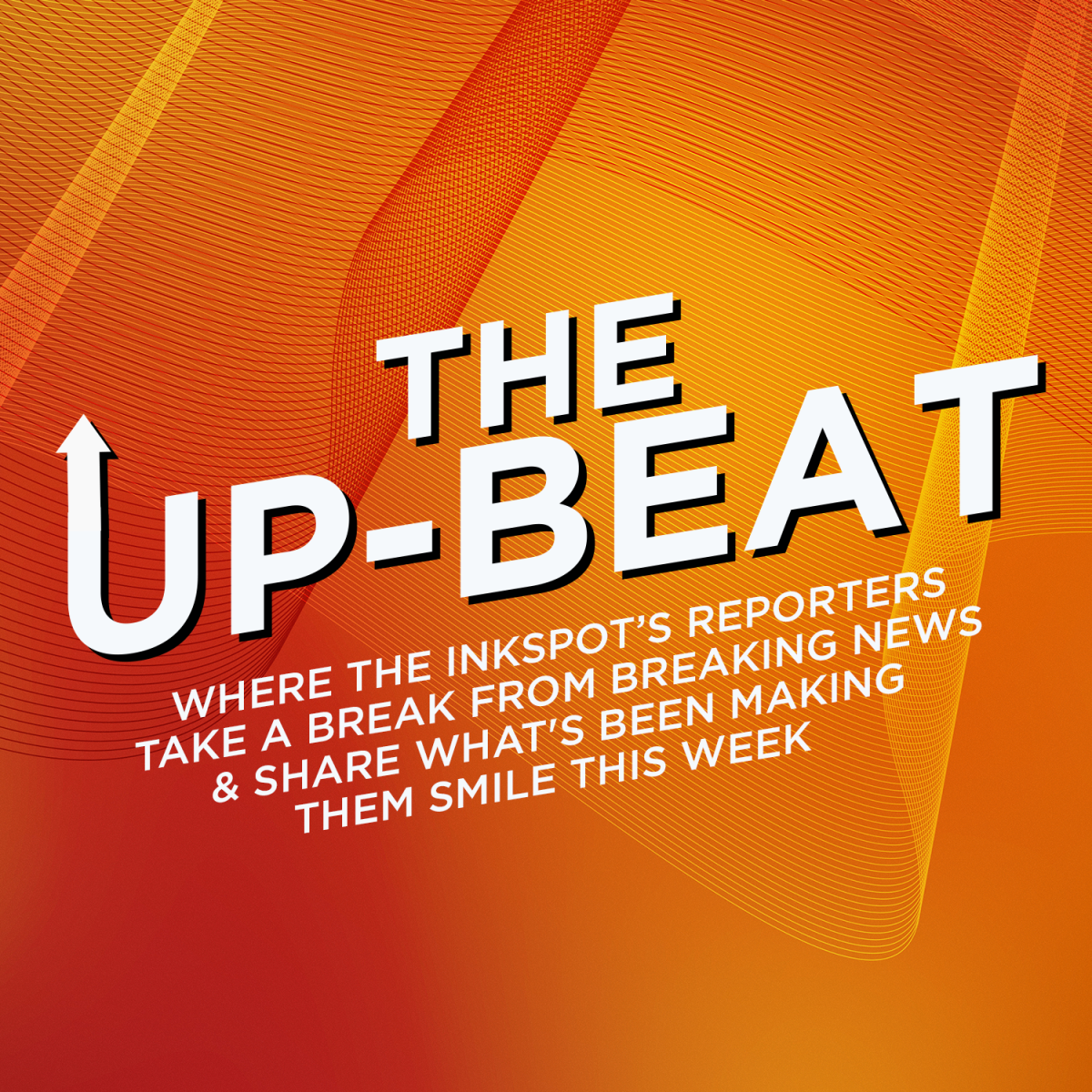
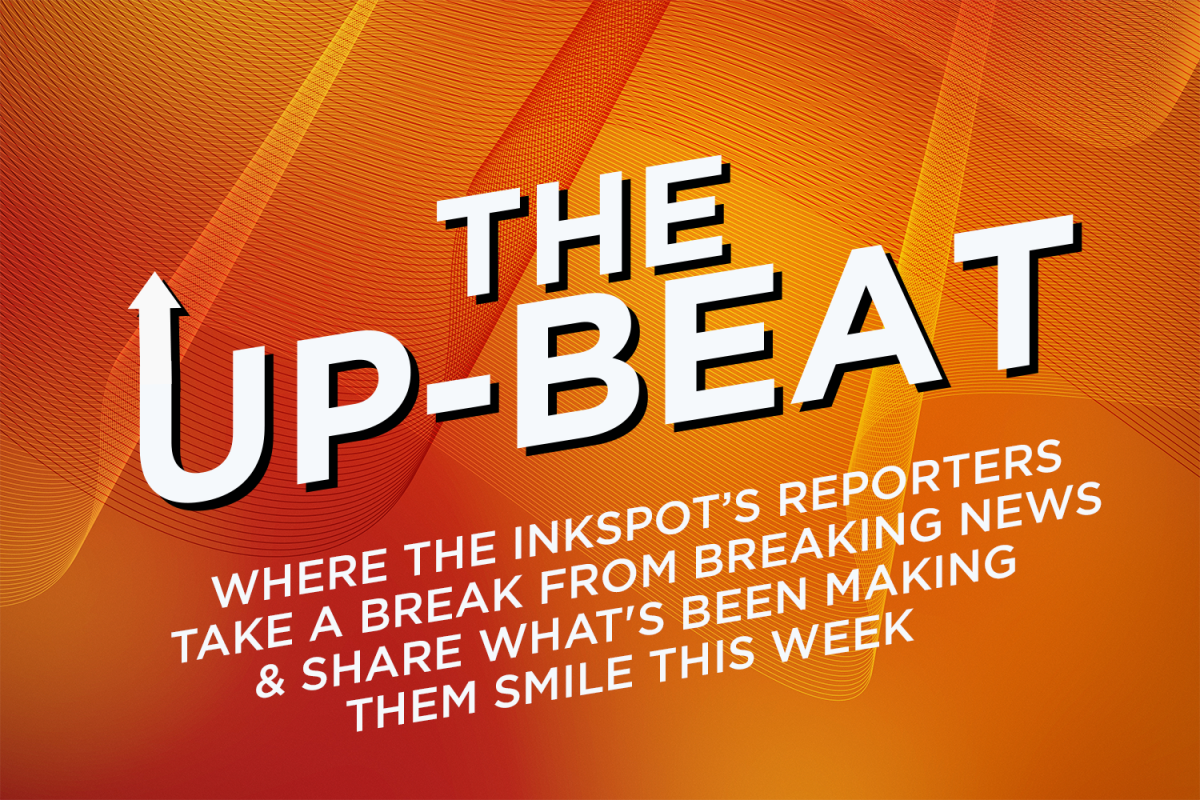
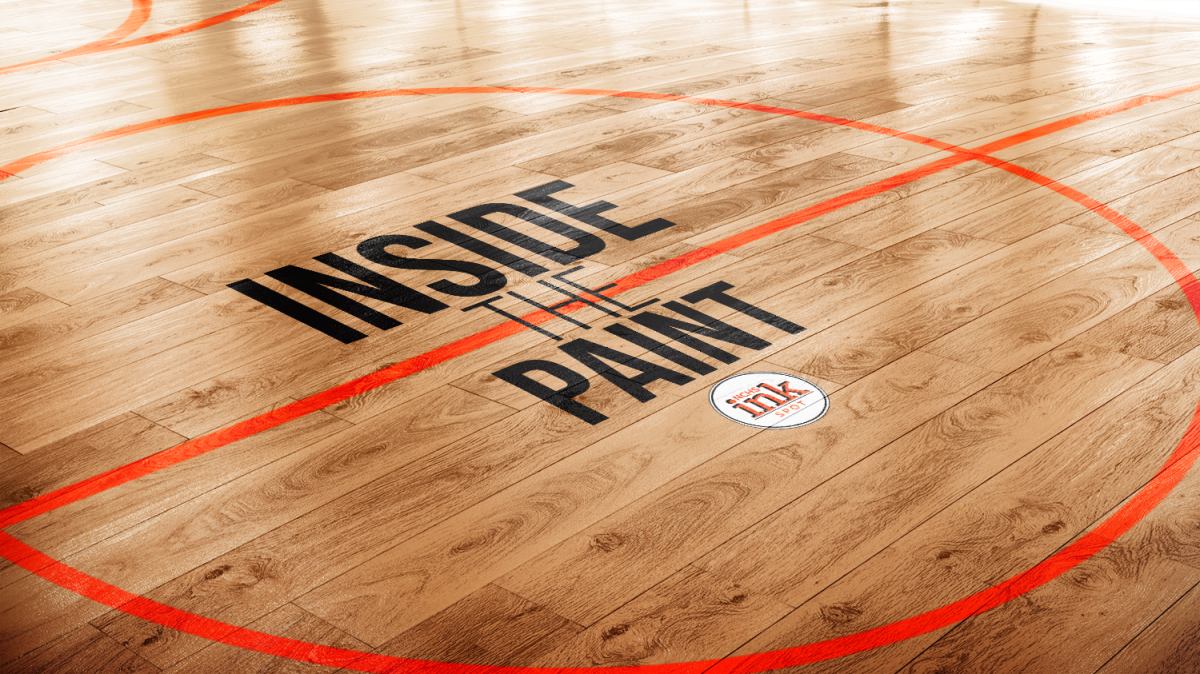
![On the Spot: This or That – Halloween [video]](https://nchsinkspot.com/wp-content/uploads/2024/10/tot-Halloween-YT-1200x675.png)
![On the Spot: This or That – Fall favorites [video]](https://nchsinkspot.com/wp-content/uploads/2024/10/ots-fall-web-1200x800.png)
![On the Spot – Teachers tested on 2023’s hottest words [video]](https://nchsinkspot.com/wp-content/uploads/2024/01/On-the-Spot-Teachers-tested-1200x675.png)
